The Hottest Three Compact Electric Cars
Currently, the most popular compact electric cars are Geely Geometry A, BYD Qin Pro EV, and GAC New Energy Aion S. Although we could not get all three cars at once, we will test and experience them one by one and conduct comprehensive tests under the standard of 42Test. Today, we welcome the first model – Geely Geometry A.
Talking about the brand Geely, many people may still be unfamiliar with it. In April 2019, Geely Automobile officially established a new brand under Geely Group, dedicated to building high-end electric vehicles, and the first model they launched is Geometry A.
Recently, we borrowed a standard range-topping version of the Geometry A. After a week of test driving and testing, although this car gave us a pleasant surprise in terms of mechanical quality, we also saw the breakthroughs and compromises made by Geely in terms of intelligence. Of course, we have more to say about this car than just its mechanical quality and intelligence.
0.237 Cd + 195mm + 120kW
As usual, we first look at the most critical range of electric vehicles. There are two range versions for the Geometry A: the standard range version and the long range version, corresponding to NEDC ranges of 410 km and 500 km, respectively. The corresponding batteries are 51.9 kWh and 61.9 kWh, both provided by CATL. The long-range version uses the 811 ternary lithium battery with energy density exceeding 180 Wh/kg.
Under the 42Test standard, the standard-range version of Geometry A has a high-speed range of 315 km and a urban range of 369 km.
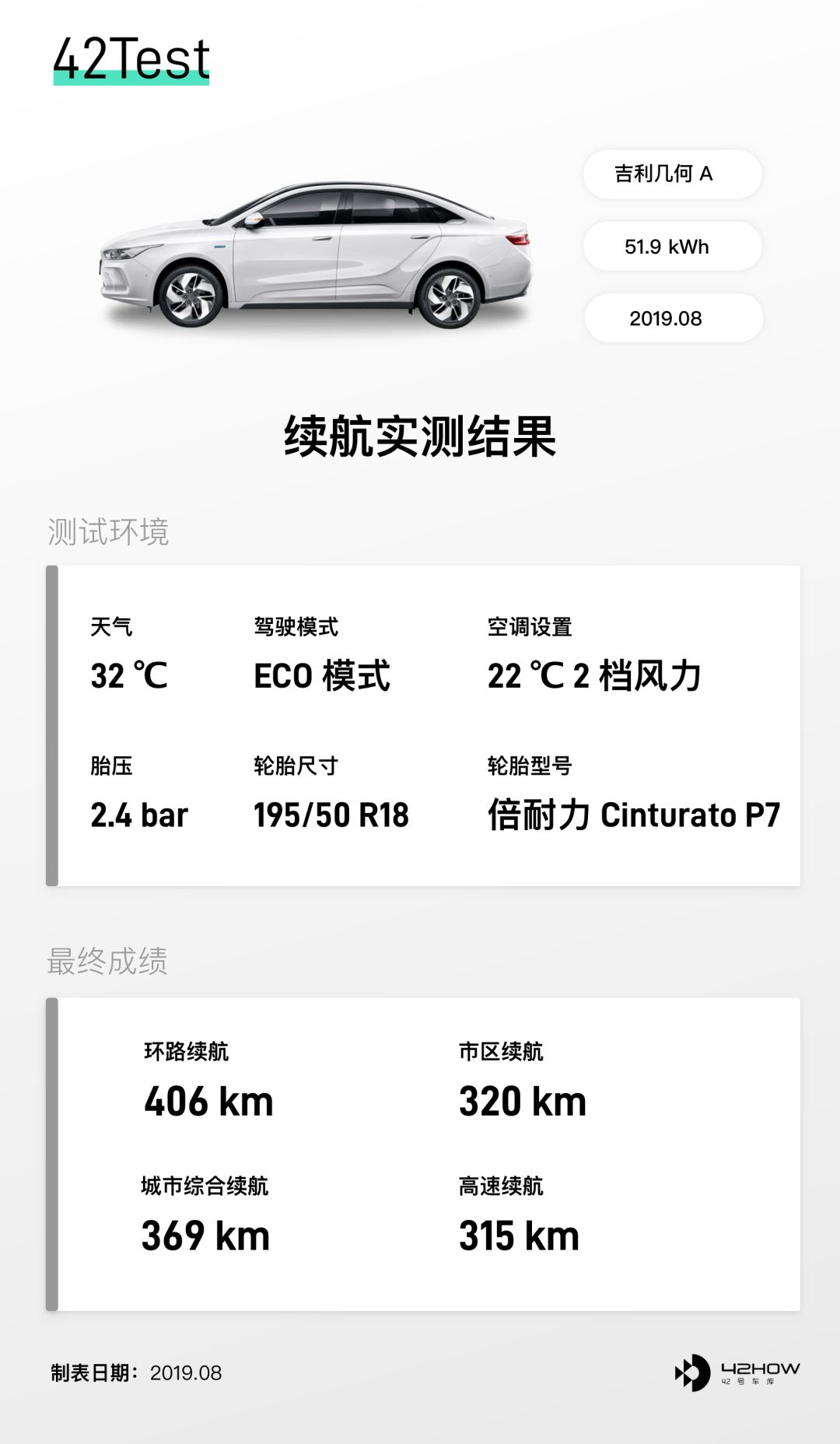
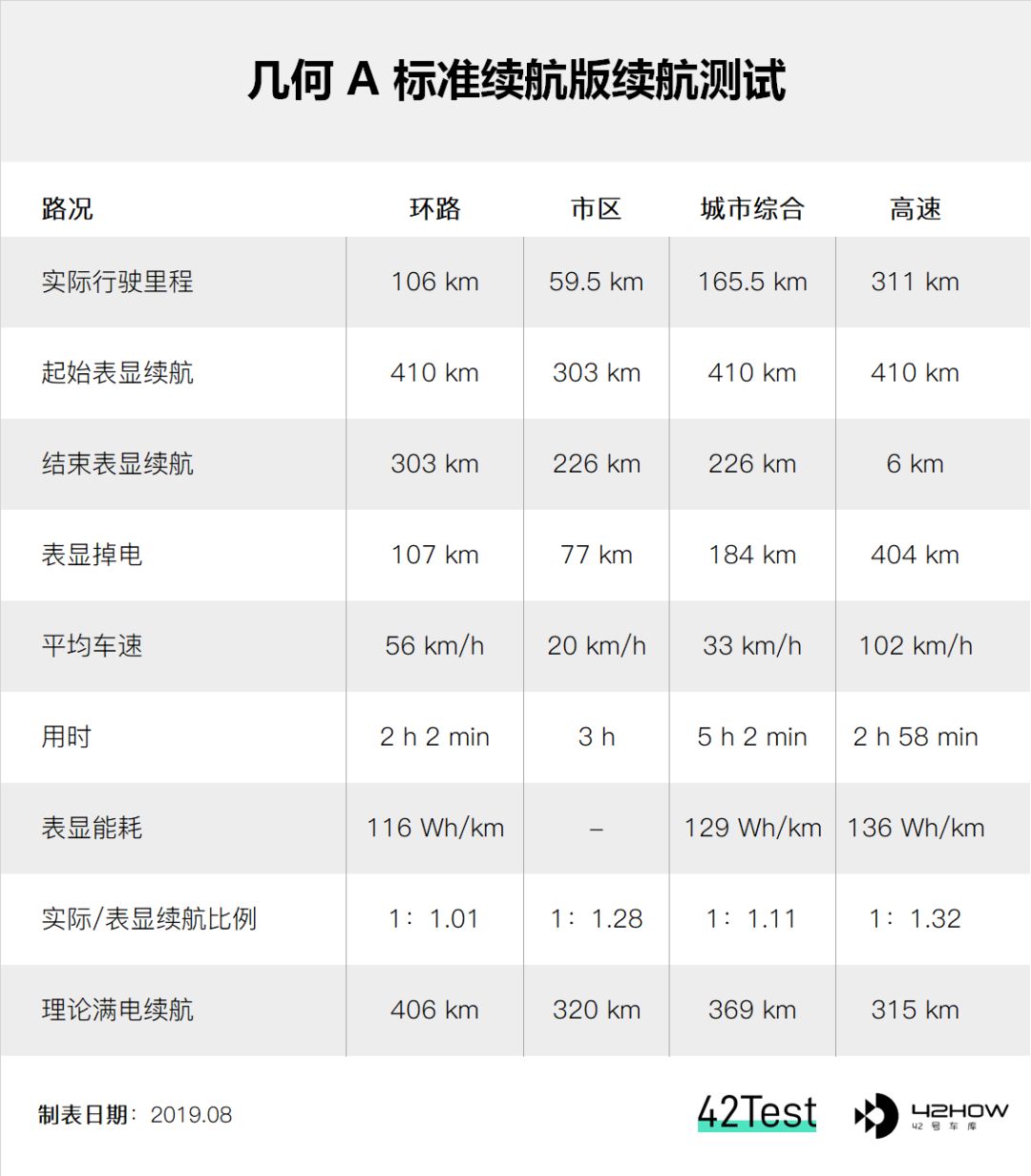
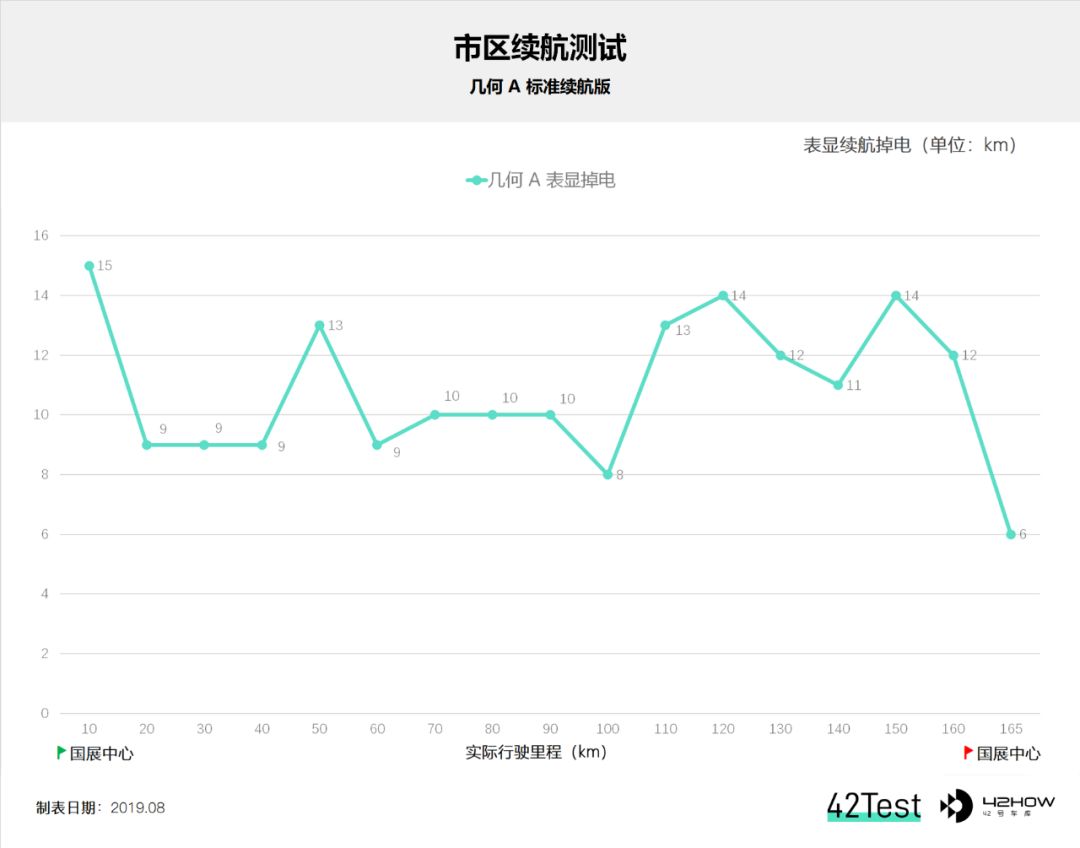
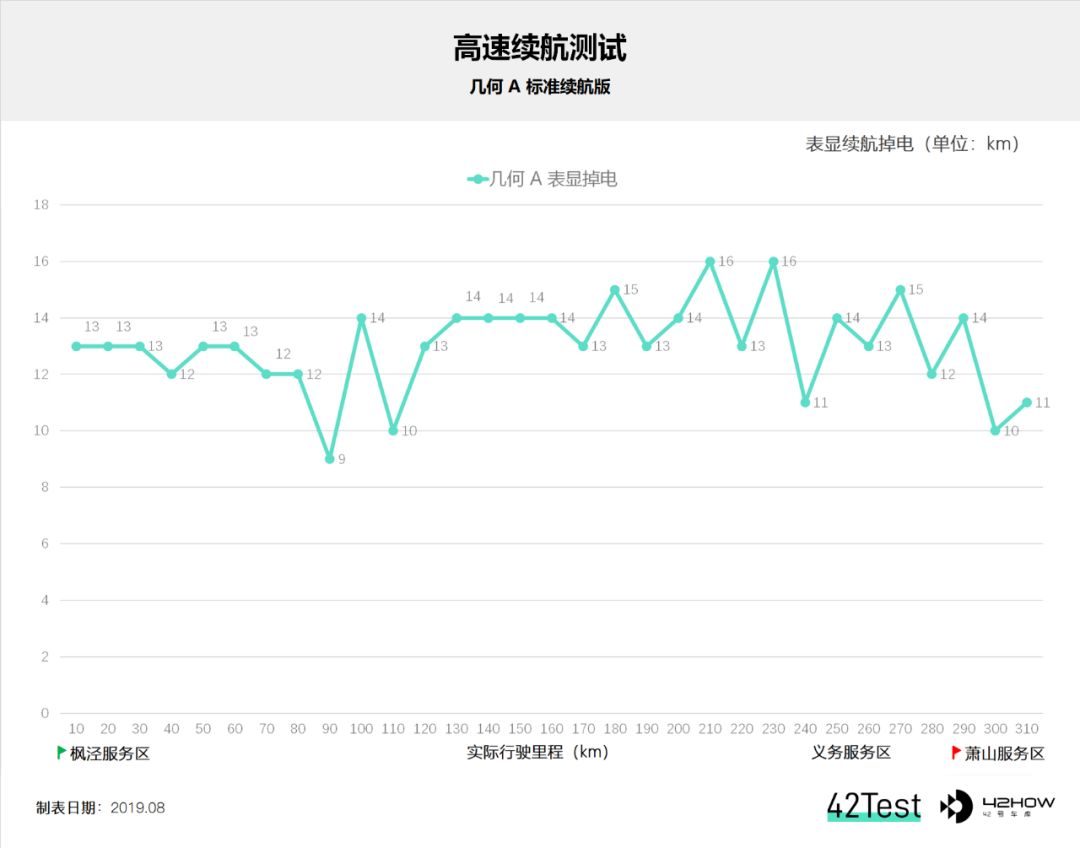 Although the range of Geely A may not seem very impressive, the battery consumption control is very good, so the range of the long-range version of Geely A is very much anticipated. In fact, many details can also be seen that Geely is working hard to improve the range.
Although the range of Geely A may not seem very impressive, the battery consumption control is very good, so the range of the long-range version of Geely A is very much anticipated. In fact, many details can also be seen that Geely is working hard to improve the range.
Firstly, the aerodynamics. The aerodynamic coefficient of Geely A is only 0.237 Cd, which is second only to Tesla Model 3. Although low aerodynamics does not provide a significant improvement in city range, it does provide a significant improvement in range under high-speed conditions, and therefore, Geely A is currently the vehicle we have tested with the smallest gap between high-speed range and city range.
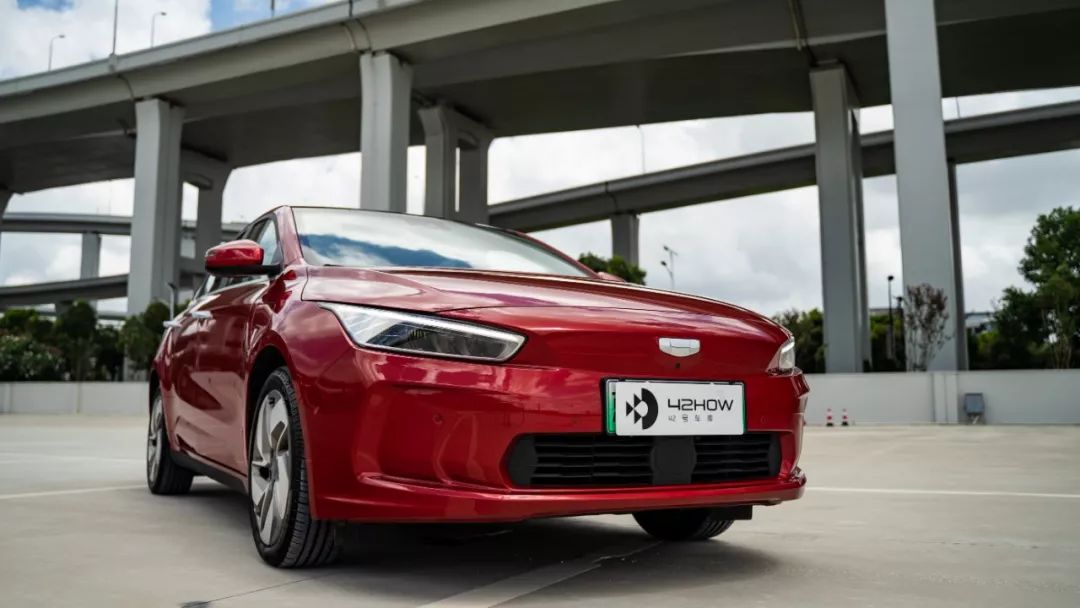
Secondly, the tires. The width of the tires on Geely A is only 195mm, which is not particularly narrow, but is relatively narrow compared to other vehicles in the same level. The advantages of narrow tires are obvious: low rolling resistance, low energy consumption. However, in terms of handling, narrow tires are not particularly friendly, which will be discussed later in the driving section.

In addition, the 18-inch wheels match the 195-width tires, which is a very niche size. This means that there are not many tire options available for replacement in the future, and they will also be more expensive.
Finally, the motor. Geely A uses a 120 kW permanent magnet synchronous motor for the entire series, the power is not particularly large, and the tuning is relatively soft, especially during start-up.
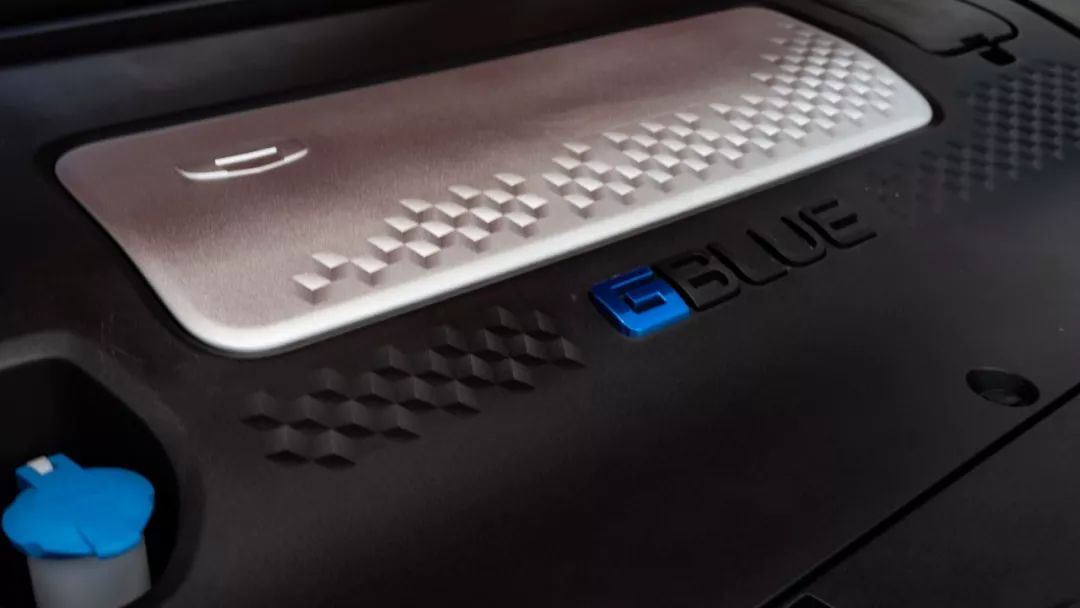
These three points directly or indirectly contribute to the good energy consumption level of Geely A. If the energy consumption of the long-range version can also be maintained, the overall range will be guaranteed. Of course, in addition to range, charging speed is also very important.Under 42Test’s testing standards, it took a total time of 1 hour and 12 minutes for the standard version of Geely’s Geometry A to charge from 0% to 100%. The most frequently used charging range, from 10% to 90%, only takes 50 minutes. The maximum charging power can reach 60 kW, and it can maintain the power from 0% to 50%. Furthermore, even after reaching 90% capacity, the charging power can still reach 20 kW. In terms of charging speed, Geely’s Geometry A performs very well.
However, one thing worth complaining is that Geely’s Geometry A does not display its charging power or current voltage during the charging process. The maximum charging power of existing charging stations varies greatly. In order to ensure the charging quality, electric vehicle owners cannot leave immediately after plugging in the charger. They need to wait until the charging is successful or the charging speed picks up before they can leave with peace of mind. If the charging speed cannot be directly viewed, it will bring certain inconvenience to daily use for car owners. The data from this charging test can only be obtained from the TELD APP. It is hoped that this can be improved through OTA upgrades in the future.
The suspension performance of Geometry A is excellent, and the options for kinetic energy recovery are abundant. The calibration and adjustment related to the driving performance must be accumulated over time. As an established domestic car brand, Geely has more experience in car manufacturing than new car-making forces. Overall, the mechanical quality of Geometry A as a family car is good. As previously mentioned, all versions of Geometry A are equipped with a permanent magnet synchronous motor with a maximum output power of 120 kW and a maximum torque of 250 kW. After our actual measurement, the 0-100 km/h acceleration time of Geometry A is 8.5 seconds, which is 0.3 seconds faster than the official 8.8 seconds.

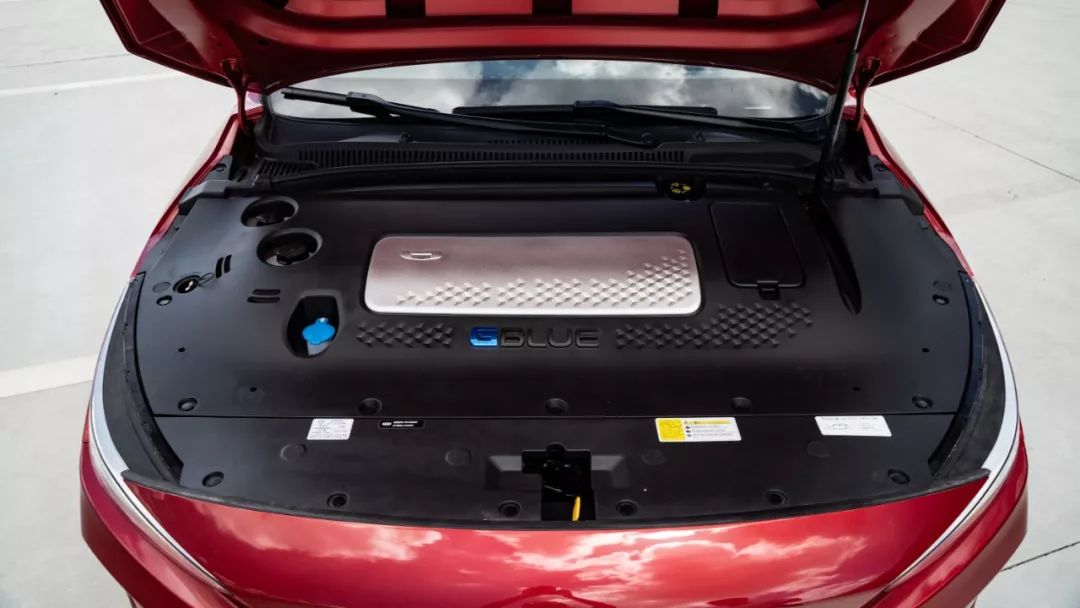
In the world of electric cars, the acceleration of the Geely Geometry A may not be considered fast, but compared to same-level fuel cars, it is not slow either. The driving mode of Geometry A has two options: ECO and Sport, with the difference between the two power modes being more gentle or even gentler.
Moreover, there are some tricks in the accelerators of the Geely Geometry A. The power output at the start-up stage is particularly soft, and it can also be seen from the data chart of P-Box that the G value in the stage from 0 km/h to 10 km/h is not high. After the start-up is completed, the power is fully released. This calibration is particularly energy-saving in the frequent start-up situation of urban roads, without obvious feeling in daily driving. However, in intense driving, especially in the case of floor-electric start-up, the difference will be more obvious.
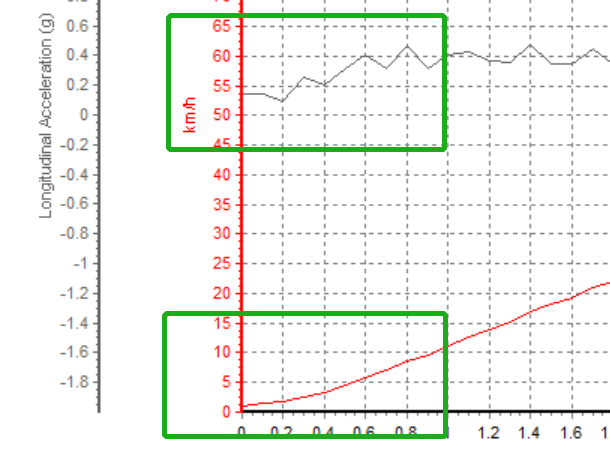
There is no problem with the acceleration in the mid-to-late stage of the Geely Geometry A. With the increase of the pedal force, the power output is also very linear. The power of 120 kW can meet the daily power needs of most consumers, but if you like intense driving, the power of the Geely Geometry A may be a bit insufficient.
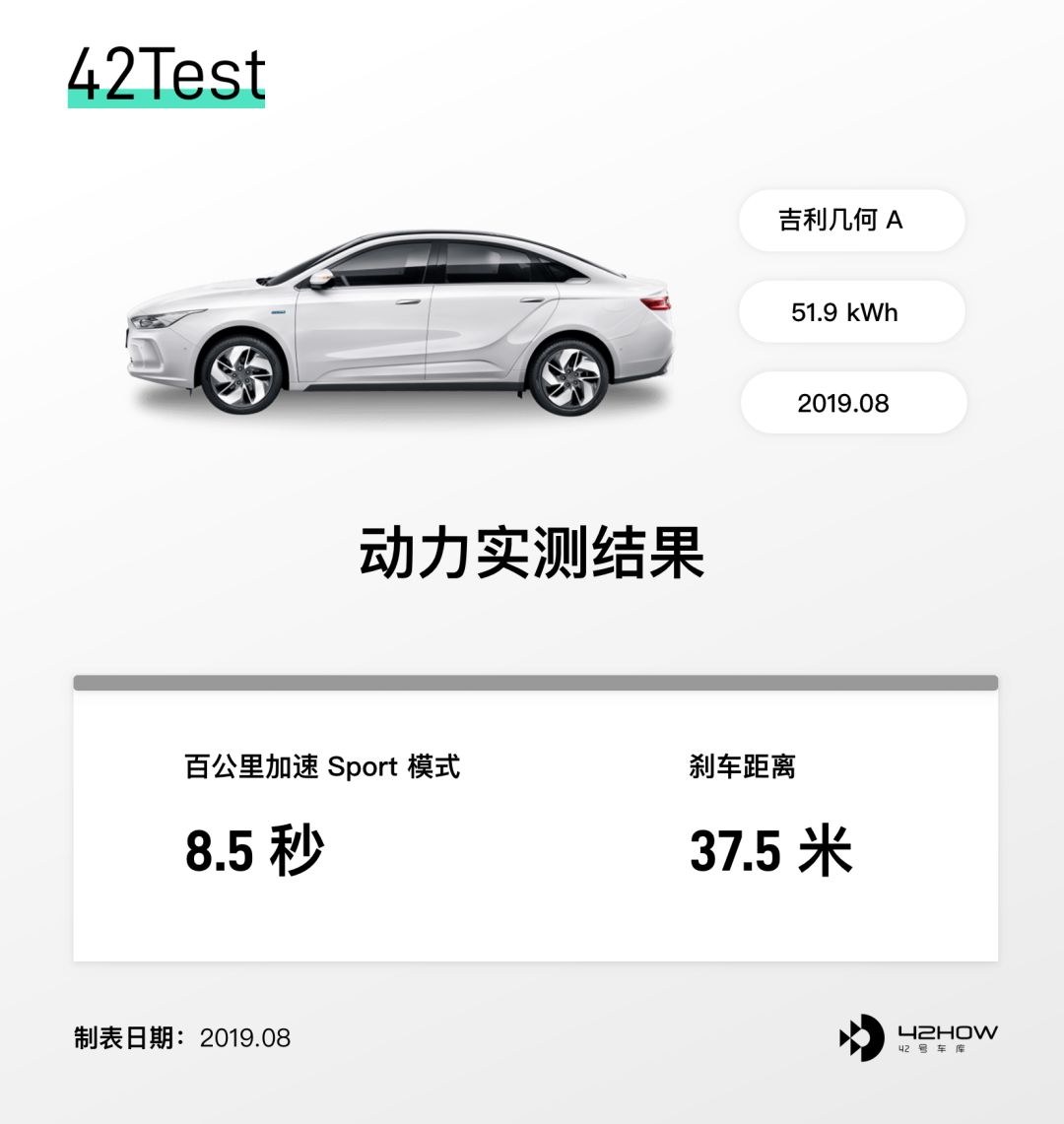
Braking: The actual test braking distance of the Geely Geometry A is 37.5 meters, which is very good for a car with a tire width of 195 mm. The foot feel of the brake is also linear and comfortable, and the braking of the Geely Geometry A is connected in series with kinetic energy recovery. That is to say, kinetic energy can be recovered during the braking process.
 When it comes to kinetic energy recovery, the Geely Geometry A offers three modes of low, medium, and high for adjustment. The differences are quite significant for each mode. In the “low” mode, there is no difference between the car and a fuel vehicle. In the “high” mode, the single-pedal operation is possible, which provides a richer choice to satisfy the driving style unique to single-pedal vehicles, and also allows the driver of fuel vehicles and those who cannot get used to single-pedal operation to drive the car comfortably.
When it comes to kinetic energy recovery, the Geely Geometry A offers three modes of low, medium, and high for adjustment. The differences are quite significant for each mode. In the “low” mode, there is no difference between the car and a fuel vehicle. In the “high” mode, the single-pedal operation is possible, which provides a richer choice to satisfy the driving style unique to single-pedal vehicles, and also allows the driver of fuel vehicles and those who cannot get used to single-pedal operation to drive the car comfortably.
For traditional car companies like Geely, understanding the needs of electric car drivers quickly and achieving the logic of single-pedal operation in vehicle calibration is an improvement. However, as a single-pedal driving enthusiast, I would like to raise some minor issues.
In single-pedal operation, the Geely Geometry A cannot release the braking force of energy recovery very well. The energy recovery does not exist from the moment the acceleration pedal is released but only intervenes after the acceleration pedal is lifted to a certain height, so the control area of energy recovery is very narrow, and the intensity is relatively strong, hence it is not easy to control smoothly.
Steering: The Geely Geometry A offers three adjustable modes of comfort, standard, and sports for steering. The damping of the steering is quite light in the comfort and standard modes, and there is a slight grainy texture to the feel of the steering. The sports mode is very smooth, and the size of the steering damping and the speed of the return are also reasonable. Coupled with this uniquely styled and well-handled steering wheel, daily driving is very comfortable.
However, although the steering feel of the Geely Geometry A is very compact in sports mode, the number of turns of the car is close to three circles, so the front of the car will appear less flexible during intense driving, and the limit of this car will come very early due to the 195mm tire width, and the movement of both arms will be relatively large when turning.
Suspension: Although the Geely Geometry A adopts the front MacPherson independent suspension and the rear torsion beam non-independent suspension, the Geely’s tuning is really good. Regardless of large or small vibrations, the suspension filters them out very cleanly and thoroughly, and there is no extra shaking of the car body.
Overall, as a family car, the Geely Geometry A performs very well on the driving level, laying a solid foundation for a “car”. Now, let’s take a look at its achievements in the field of intelligentization.
By the way, let us also supplement the NVH results of the Geely Geometry A. At a speed of 120 km/h, the noise of the Geely Geometry A is only 67.3 dB, which is excellent.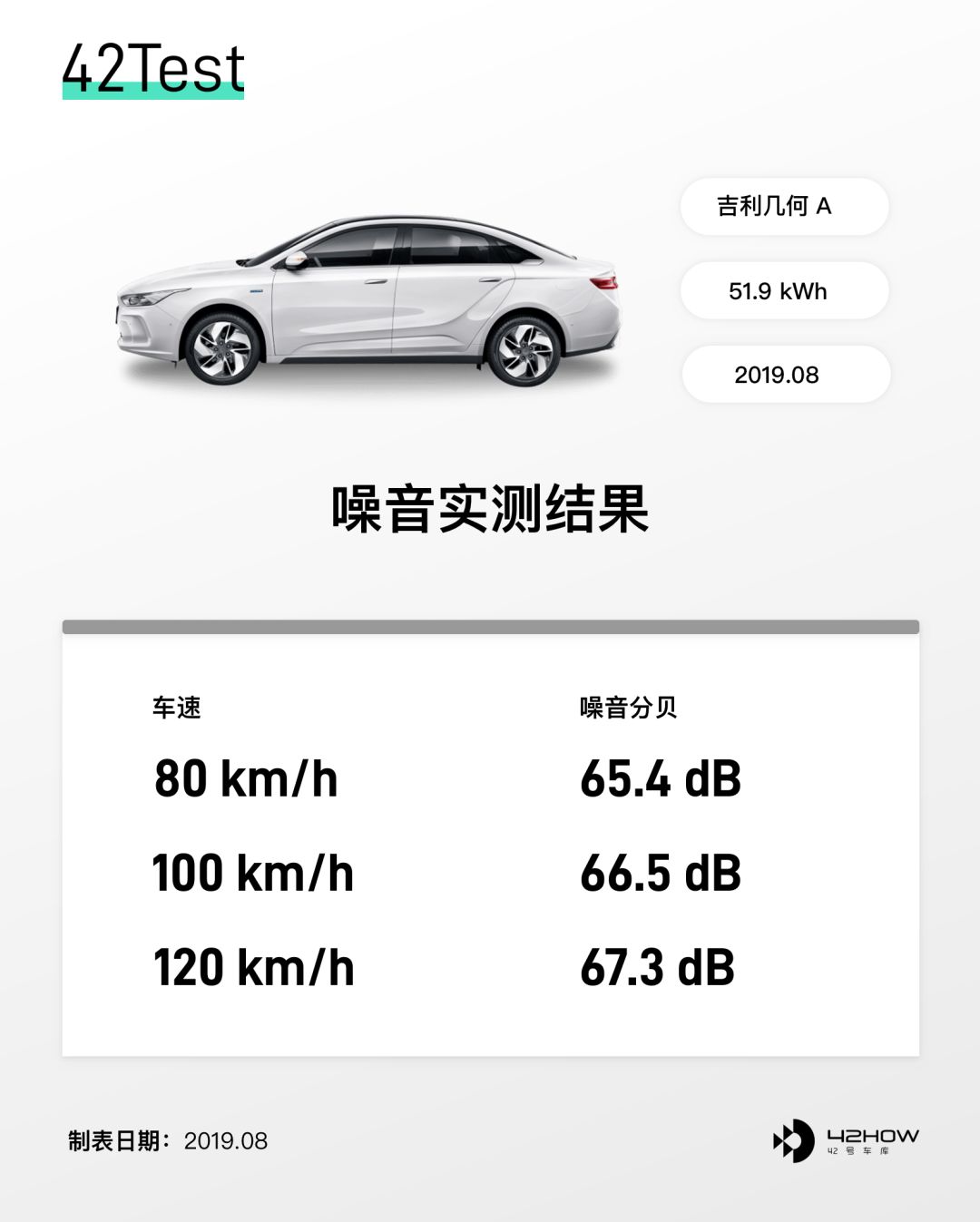
Car infotainment system aims for breakthrough but eventually returns to reality
The Geely Geometry A features three screens: an 8-inch head-up display (HUD), a 4.2-inch instrument display, and a 12.3-inch central touch screen. This screen combination is rare. Let’s focus on the biggest breakthrough — the HUD.
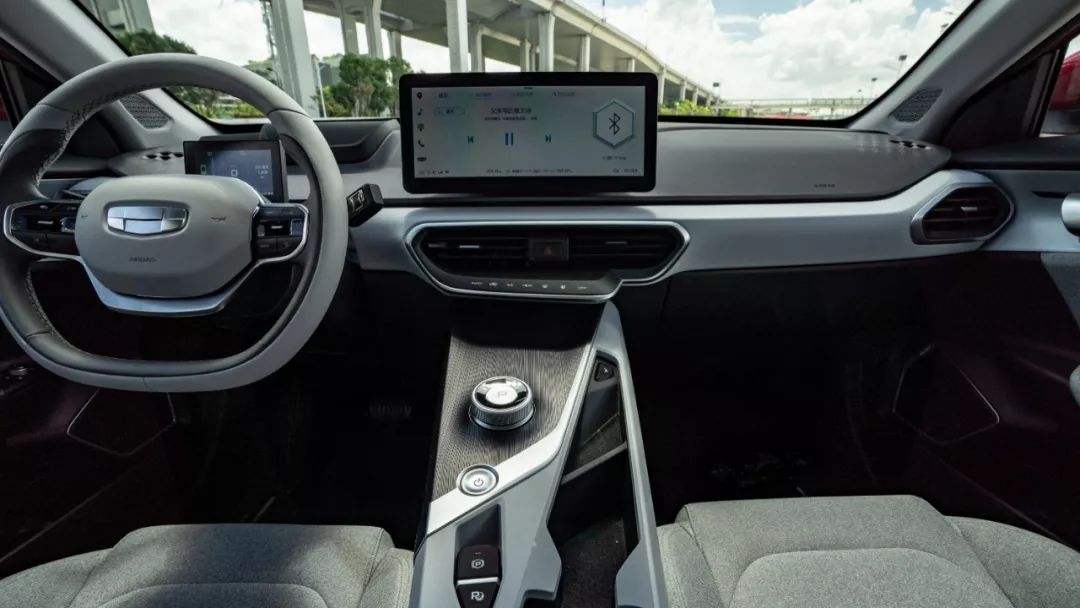
The HUD of the Geely Geometry A has a large display area. The content is divided into three areas from left to right: advanced driving assistance system, vehicle speed information, and navigation information. The content displayed is very rich. In addition to the vehicle speed and navigation information commonly found on HUD, it also includes advanced driving assistance-related information that can cover all the information needs of drivers during travel. The display layout and UI design are also very good, even down to the detail of “flames” in the “exhaust pipe” during rapid acceleration (in ACC state)


However, in sharp contrast to the HUD is the 4.2-inch instrument display, which is not outstanding in terms of display resolution or UI design.
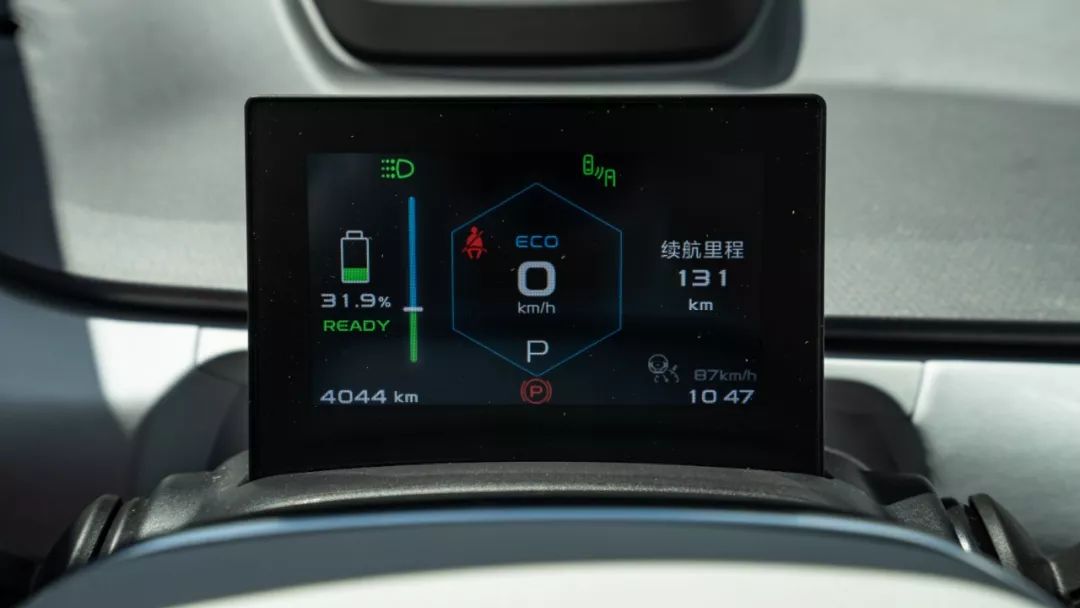
It always gives me the impression that the engineers tried to make a breakthrough by replacing the instrument display with the HUD, spending a lot of time and effort to design this decent head-up display. But eventually they found that the HUD is still not capable enough to carry all the instrument display content. Therefore, they had to return to the traditional design and add a small 4.2-inch screen to display some of the information.The layout of the information on this instrument panel is not reasonable enough because the size is small which limits the amount of information displayed. The left and middle sides of the screen display the remaining battery power and vehicle speed, respectively, while the right side is an adjustable area that can switch between display modes such as remaining range, subtotal mileage, instant energy consumption, average energy consumption, and average speed. However, if the instantaneous energy consumption is displayed, the driver cannot know the remaining range information and can only calculate it through the remaining power, which is not very convenient.
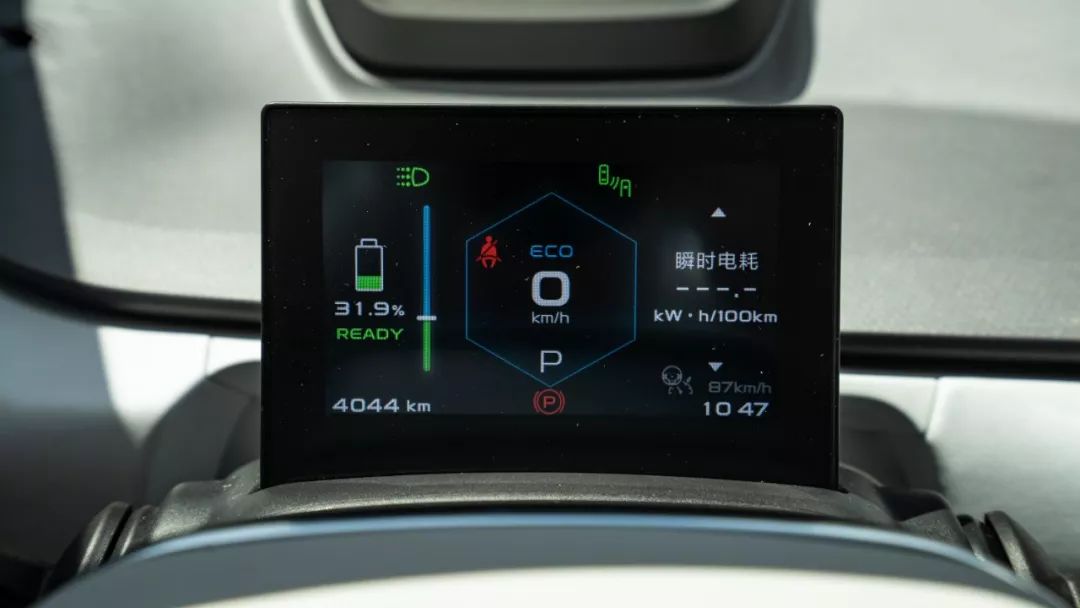
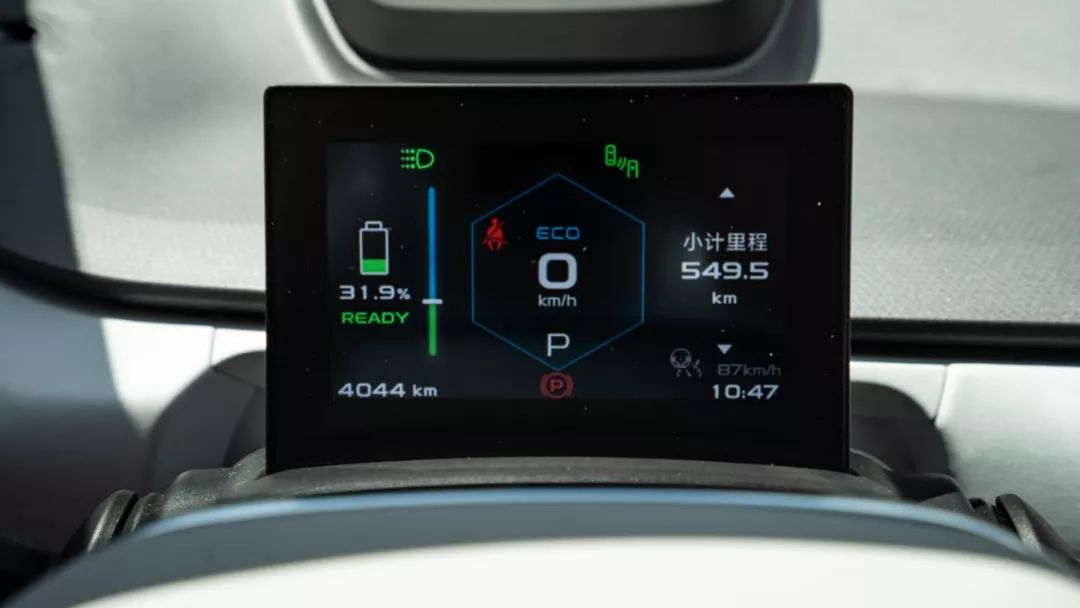
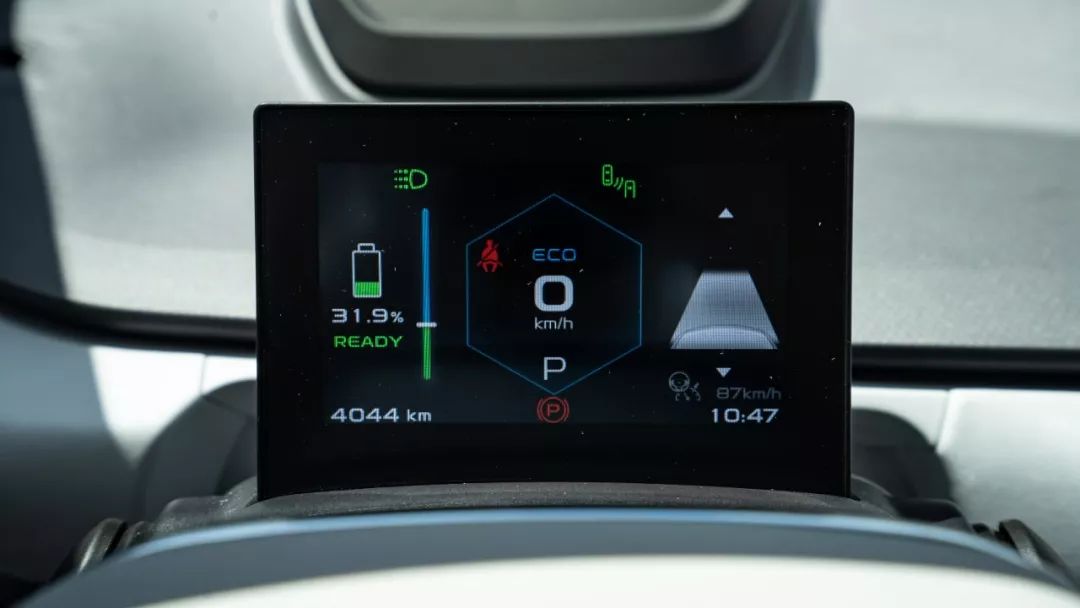
In addition, because Geely A reverts to reality after being aggressive, its feature allocation is relatively conservative. The instrument panel is only responsible for setting driving-related settings, while the vehicle media system is responsible for entertainment system settings. The vehicle settings are not integrated into the 12.3-inch large screen, so if you want to adjust turning mode, auxiliary driving, and other features, you need to use the small 4.2-inch screen and the small lever on the steering wheel, which is not very convenient.
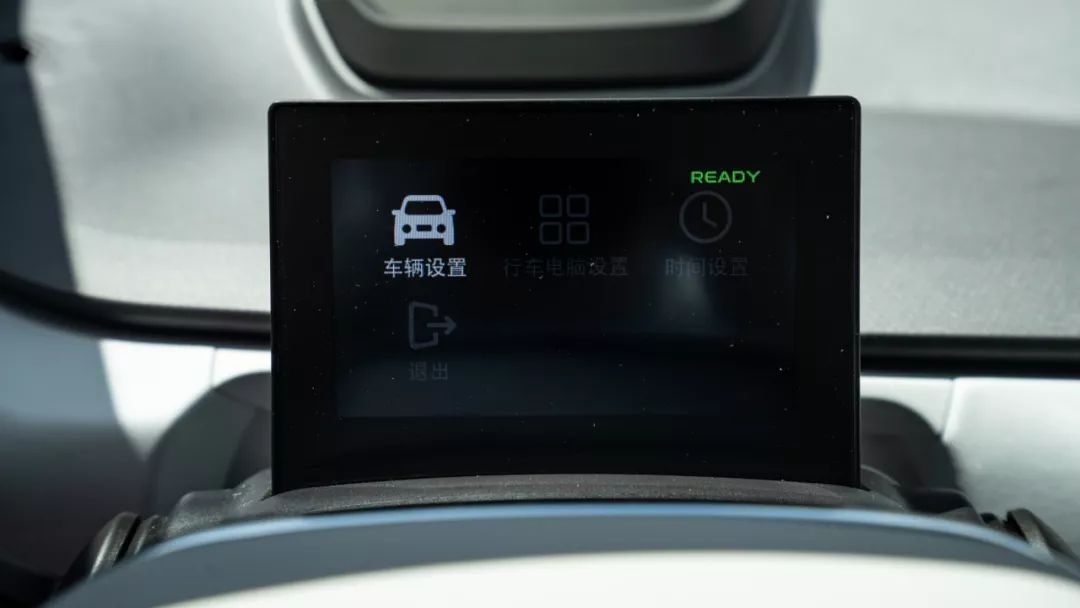
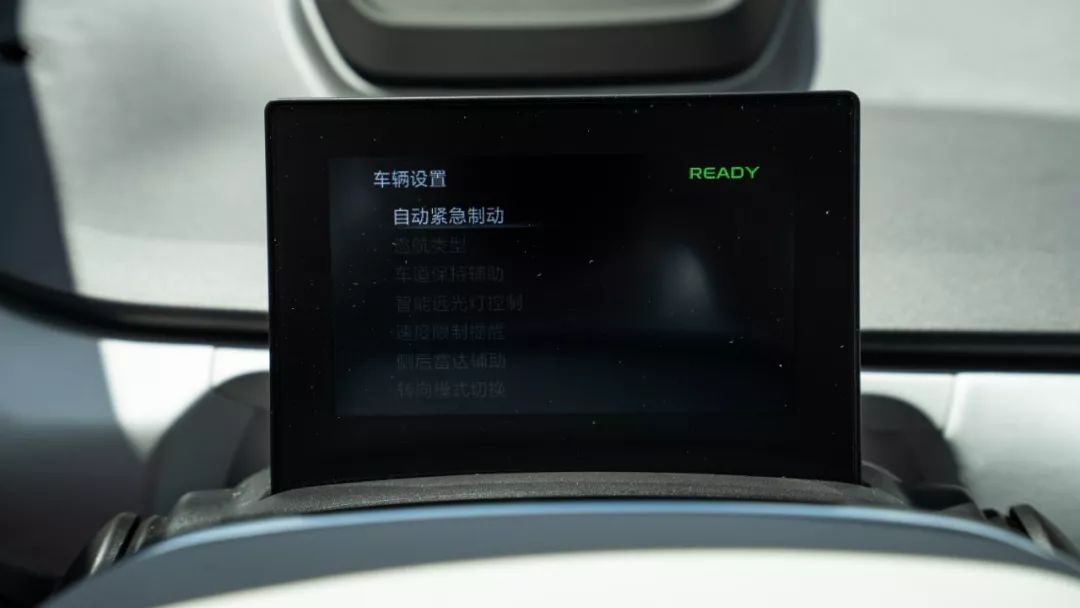
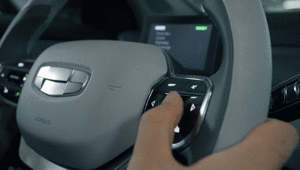
As for the 12.3-inch large screen, its operation is smooth, while its functionality includes vehicle media, navigation, and a software called “Banting” for multimedia purposes. However, the source of music is not rich enough, and searching for songs is not very convenient.
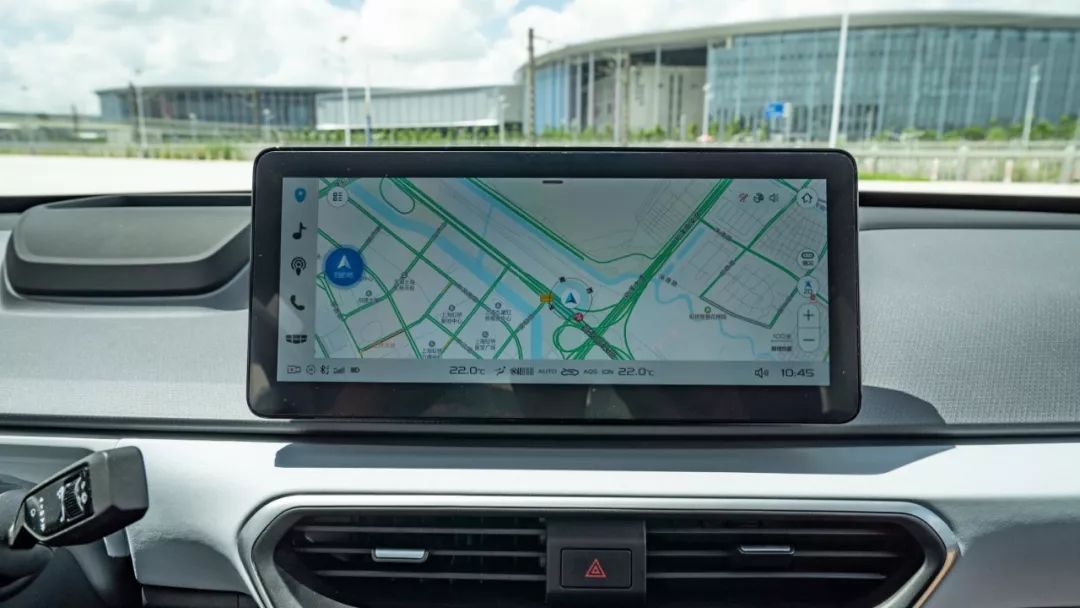

Let’s take a look at the central console of the Geometric A. The console’s buttons can be roughly divided into two blocks: one is the touch buttons of the air conditioning system, and the other is the E-Touch super-sensitive touch area.
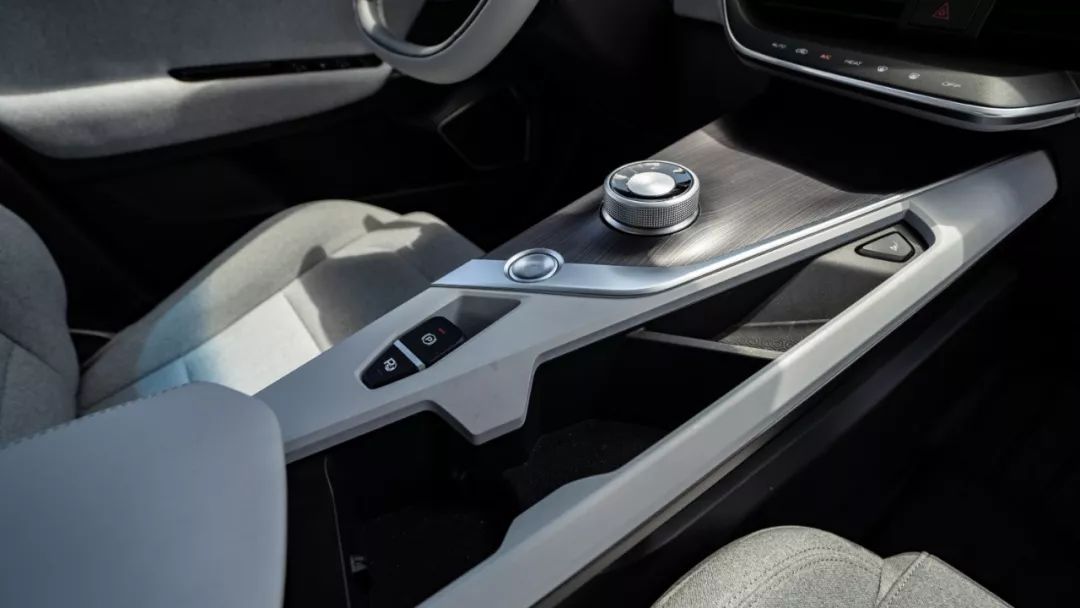
The air conditioning control area is equipped with a row of fixed touch buttons, which are some of the commonly used functions during daily driving. However, if buttons for adjusting the wind volume can be added, it would be more convenient to use.
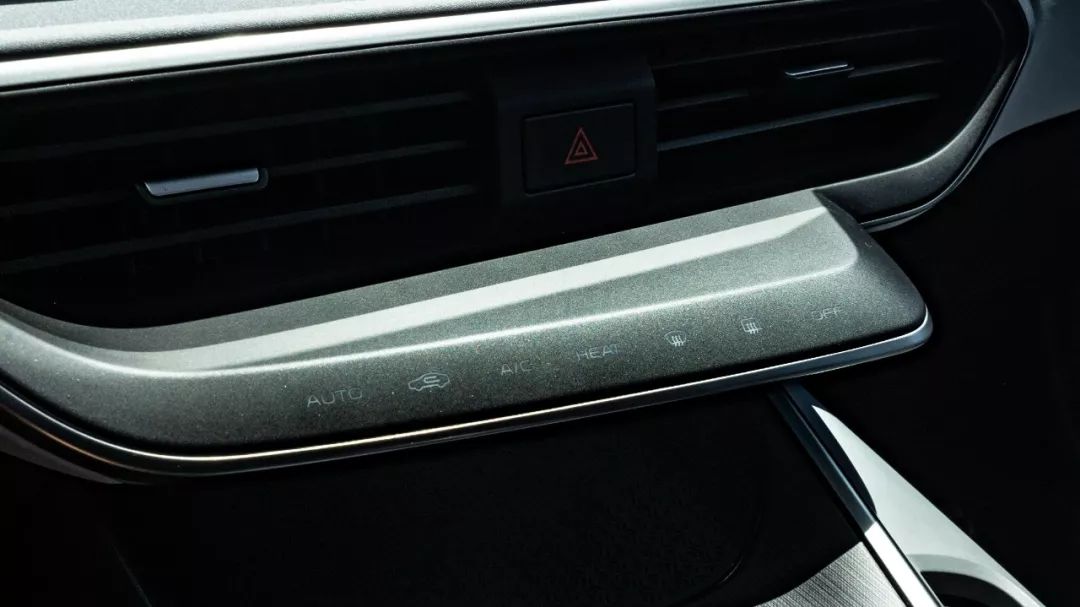
As for the E-Touch super-sensitive touch area, it is a technological sense in the evening, but it automatically disappears during the daytime. Fortunately, the functions controlled by this area are relatively low-frequency, so it does not have a particularly significant impact on daily use.
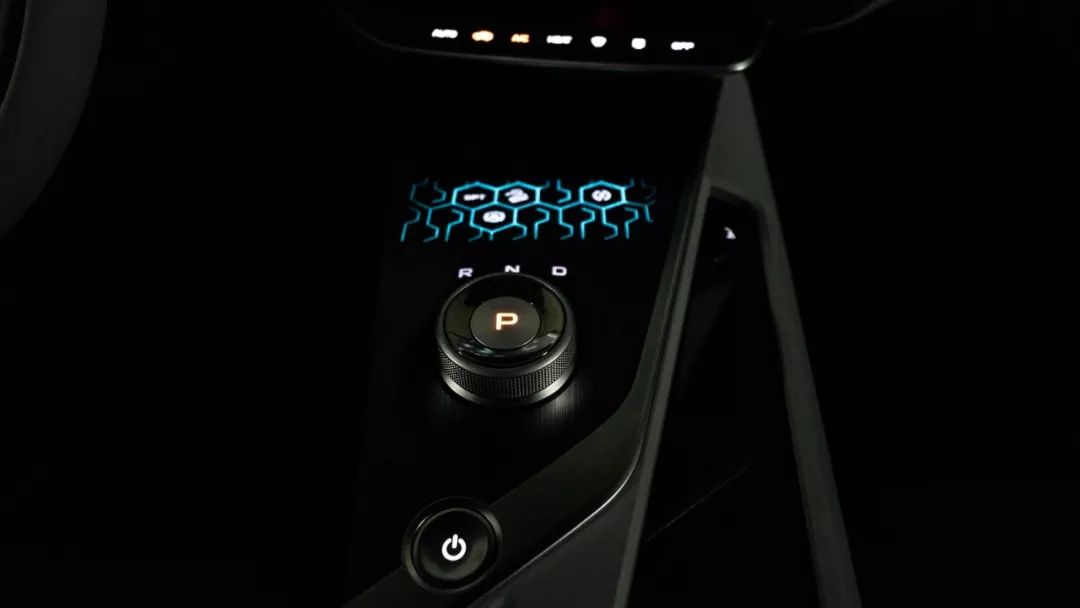
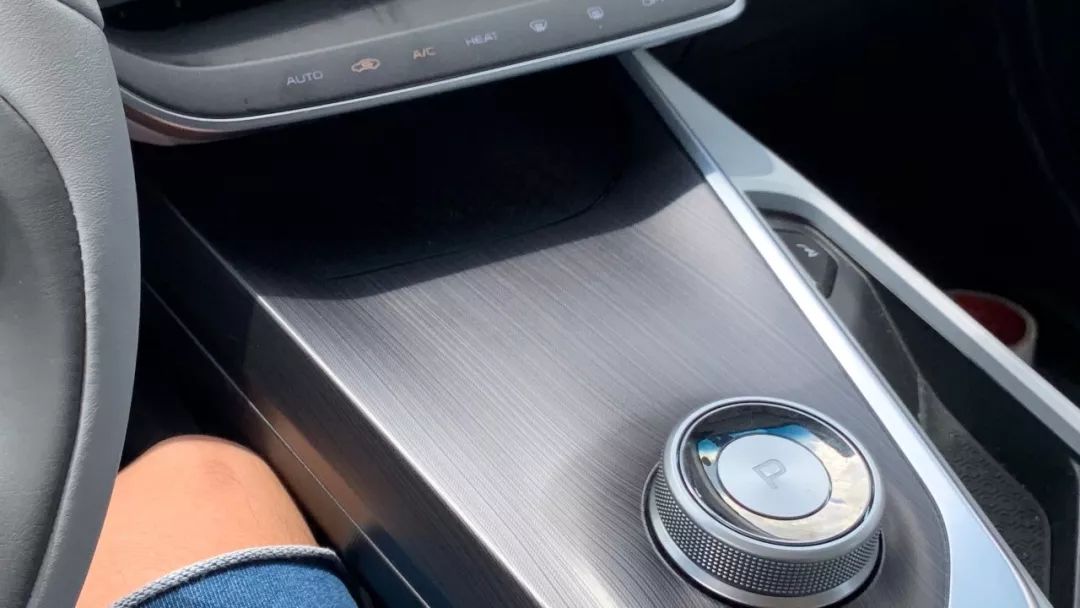
When it comes to the car machine, I saw a breakthrough that Geometric wants to make, but it may have taken too big of a step and found that everything is not as easy as imagined. Therefore, we can see both the breakthrough and the conservative aspects of Geometric A.
L2 Plus? Keep your guard up
The Geometric A’s assisted driving hardware consists of a front monocular camera, three millimeter-wave radars, four surround-view cameras, and twelve ultrasonic radars. Compared with the same level of models, Geometric A has two more rear millimeter-wave radars in hardware.
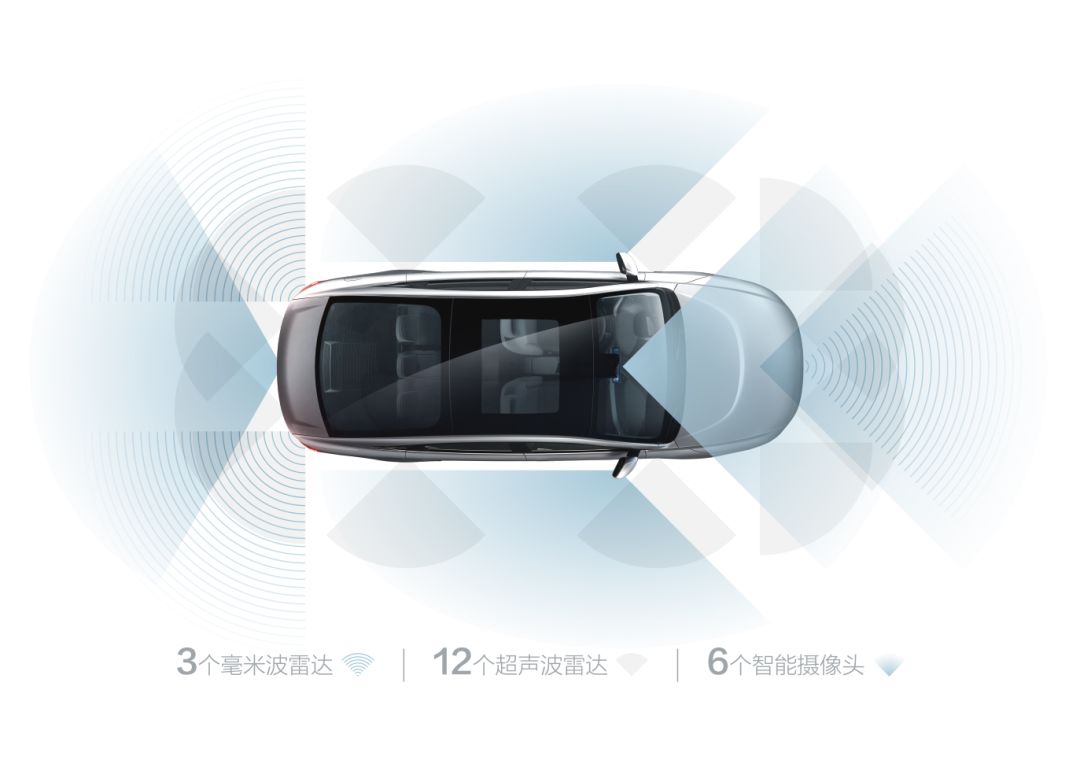
 In high-speed driving conditions, Geely A’s semi-autonomous driving technology can recognize most of the bends on the highway, but it may exit the lane when entering tunnels or encountering reflective surfaces on the ground, as its cameras cannot properly recognize lane markings. Furthermore, Geely A’s semi-autonomous driving system does not have an obvious audio or vibration reminder when exiting, and drivers can only judge whether it’s active or not by the green to yellow color change of the lane markings and the semi-autonomous driving logo.
In high-speed driving conditions, Geely A’s semi-autonomous driving technology can recognize most of the bends on the highway, but it may exit the lane when entering tunnels or encountering reflective surfaces on the ground, as its cameras cannot properly recognize lane markings. Furthermore, Geely A’s semi-autonomous driving system does not have an obvious audio or vibration reminder when exiting, and drivers can only judge whether it’s active or not by the green to yellow color change of the lane markings and the semi-autonomous driving logo.
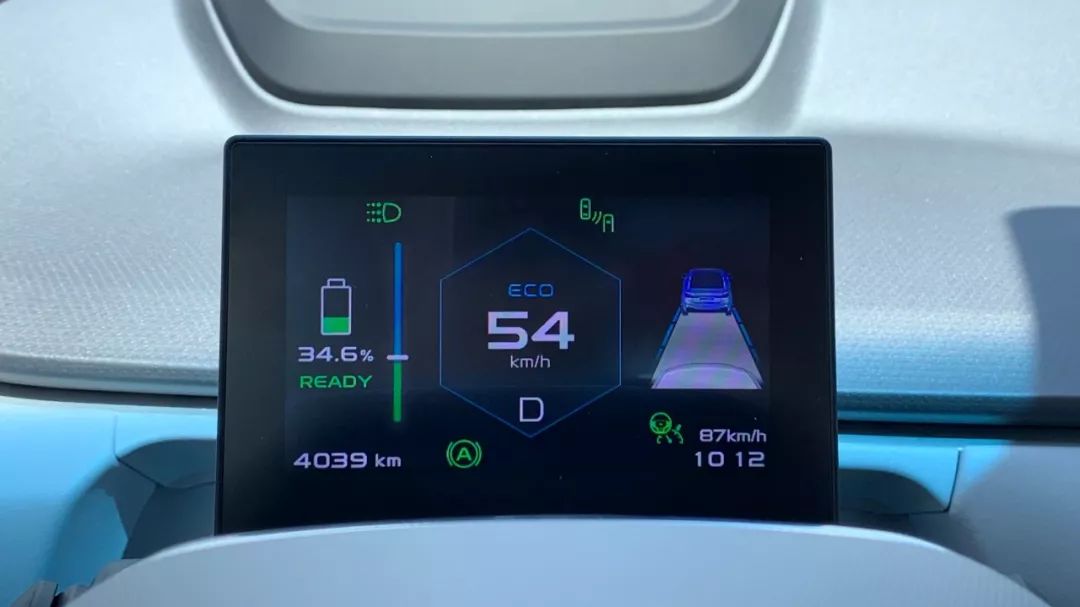
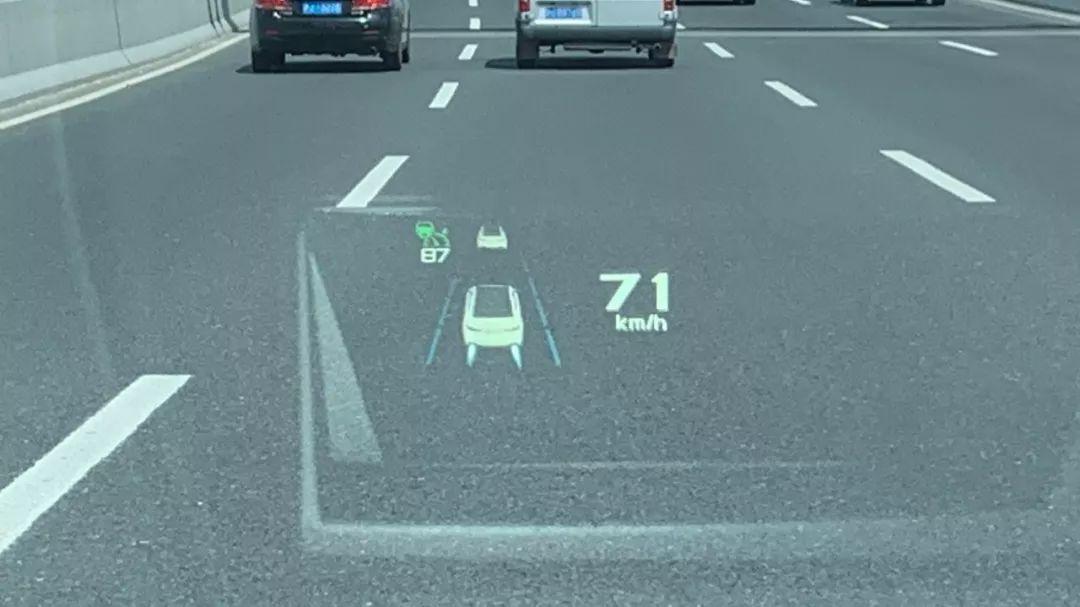
Additionally, Geely A’s interaction with the driver is quite simple, as it only displays the vehicle model and two lane markings on the HUD or instrument panel. It’s difficult for drivers to determine the recognition of the lane markings and surrounding objects by simply looking at the display, which can lead to a lack of confidence in using the semi-autonomous driving system. Therefore, it’s necessary to remain highly vigilant when using the system and not become complacent.
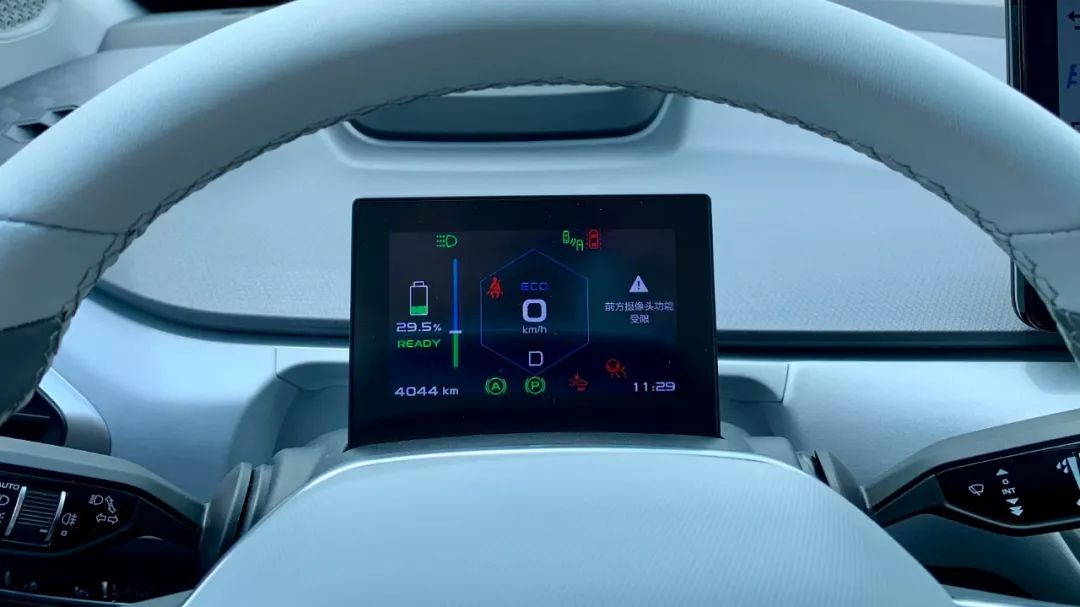
However, Geely A’s automatic deceleration action integrates kinetic energy recovery, which is very energy-efficient when used at high speed. Additionally, Geely A’s rear also has two millimeter-wave radars, which lays the foundation for future turn signal automation.
As for the panoramic camera, Geely A performs decently, but it’s not necessary to go into too much detail here.
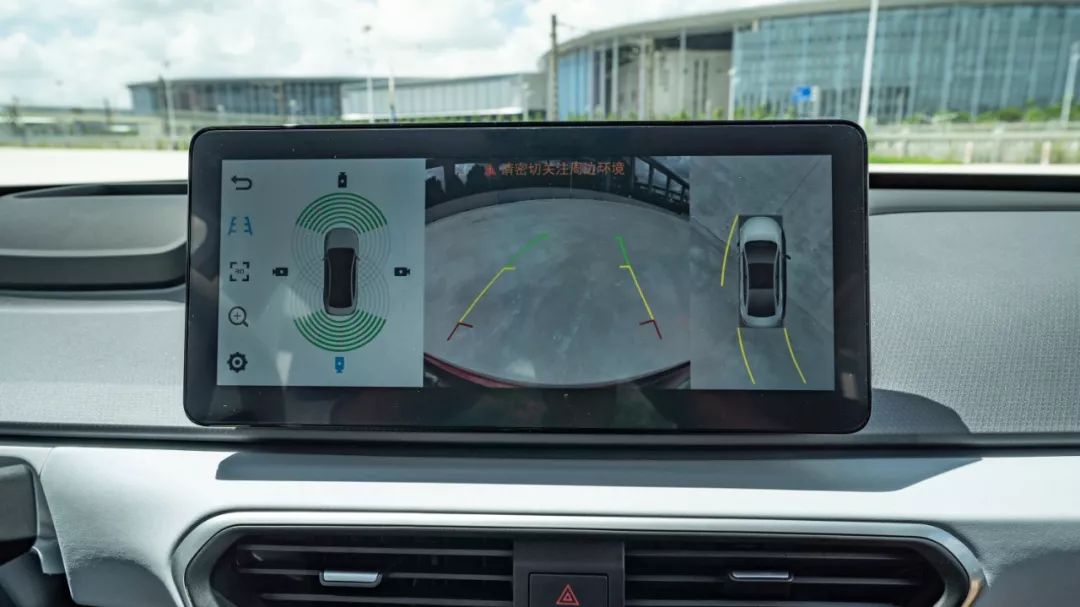
Compromising Exterior, Heartfelt Interior
Finally, let’s take a look at the exterior and interior of Geely A. The Geely A’s exterior has sparked some controversy, as its fully enclosed front and slightly upwardly curved rear design result in a very low drag coefficient. Some users find it very attractive, while others find it difficult to get used to. The Geely A is available in five colors: 0° white, 11° silver, 18° gold, 26° blue and 100° red. The names are unique to Geely, and we recommend that you go to a 4S store to experience the visual effect for yourself.Translate the Chinese Markdown text below into English Markdown text in a professional manner, keeping the HTML tags inside Markdown and only outputting the result:


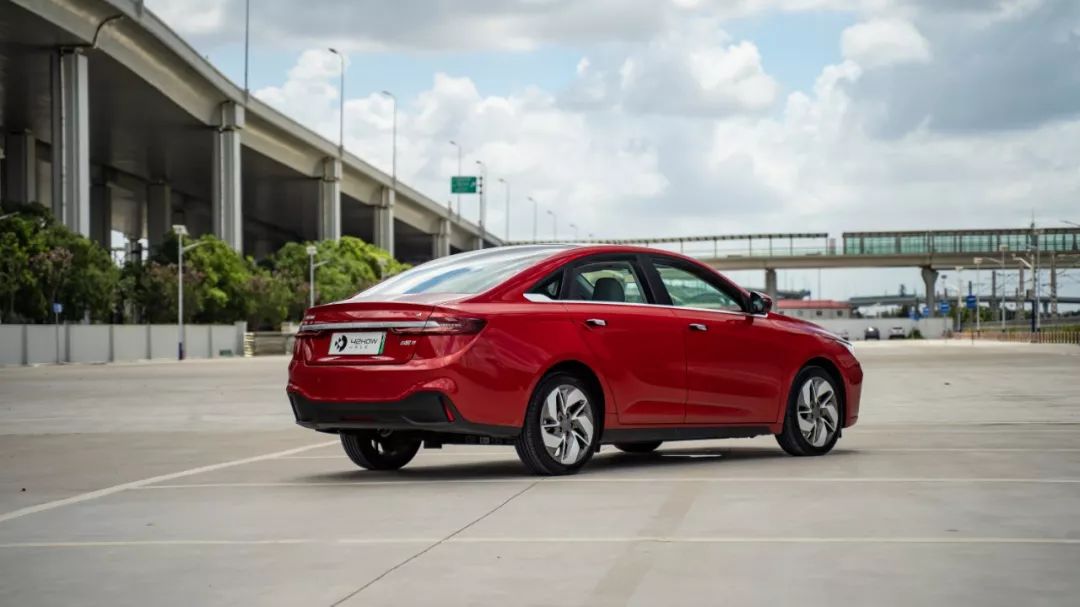


One more point to mention about the appearance is that the fast charging port of Geometry A is located at the rear of the car and the slow charging port is located at the front, which is very impressive and convenient for parking in tight charging spots.
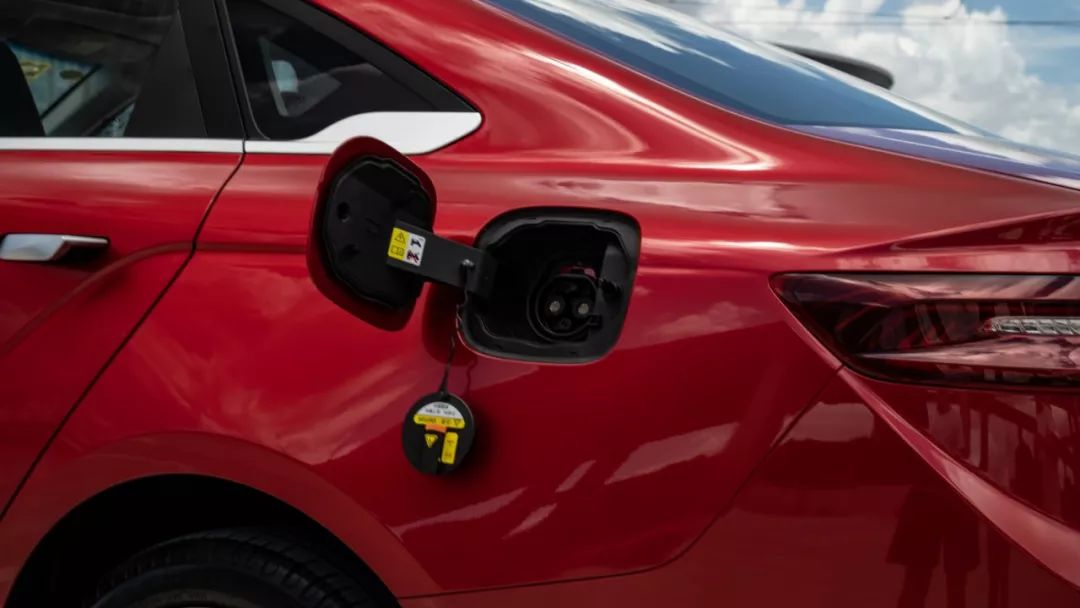
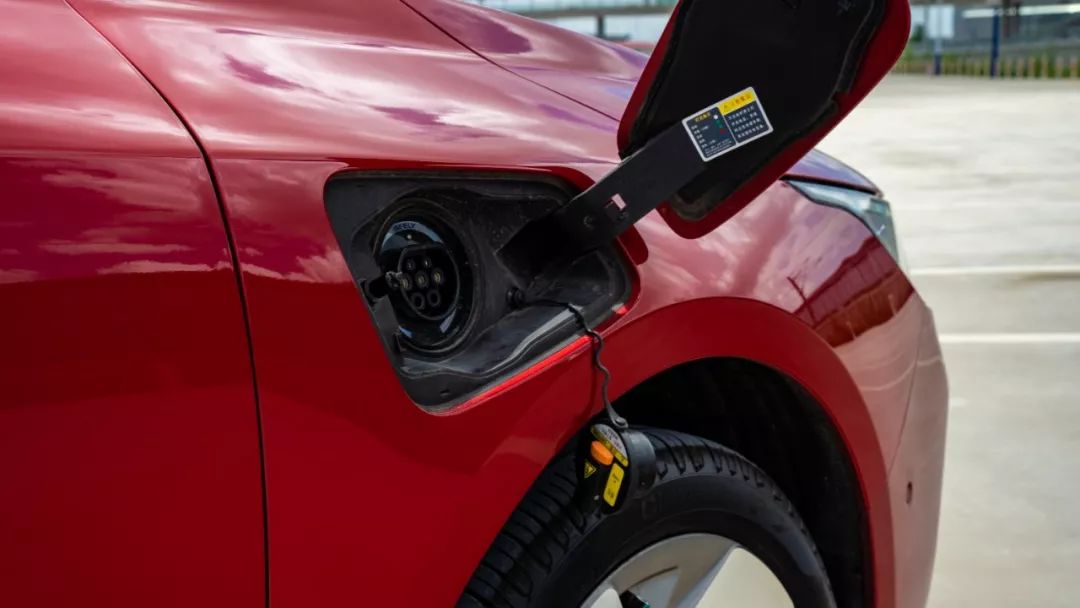
Now let’s take a look at the interior. The interior of Geometry A is very unique with a strong sense of design, fully integrating geometric elements. Here are some detail pictures to give you a better idea:
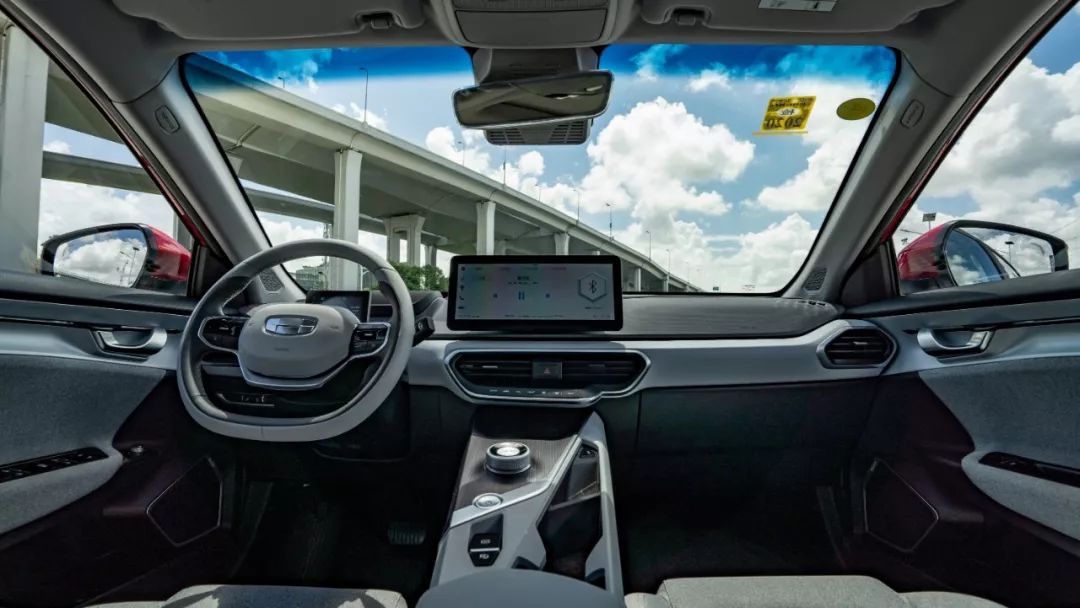
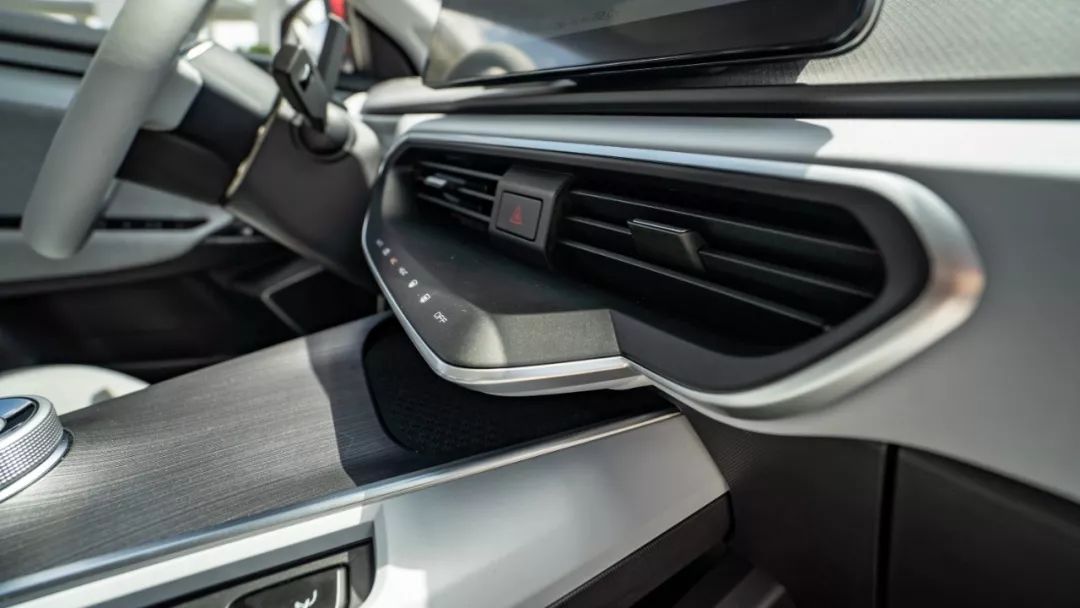
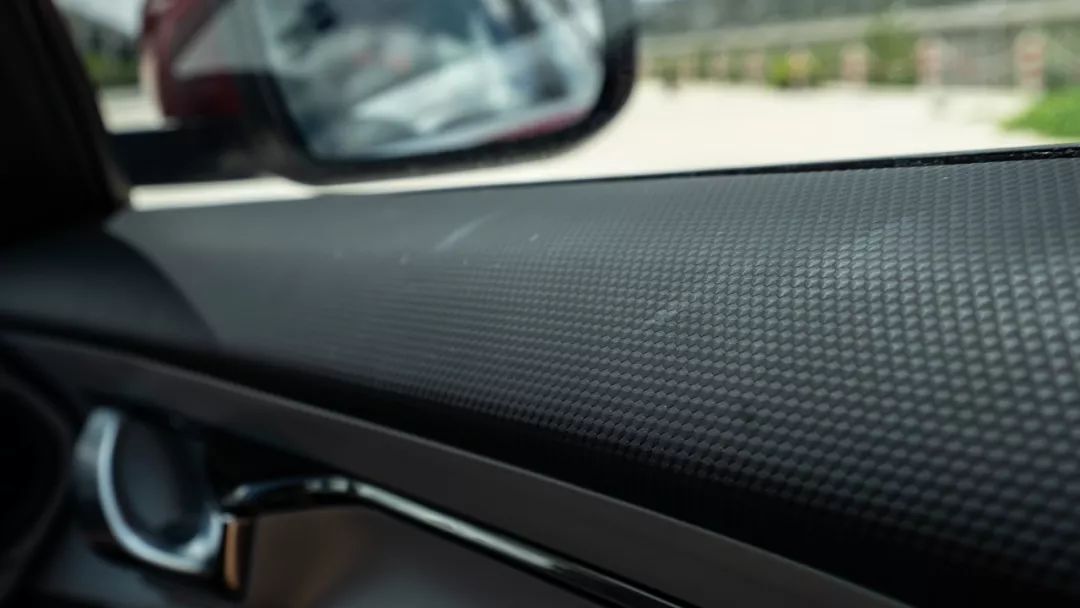
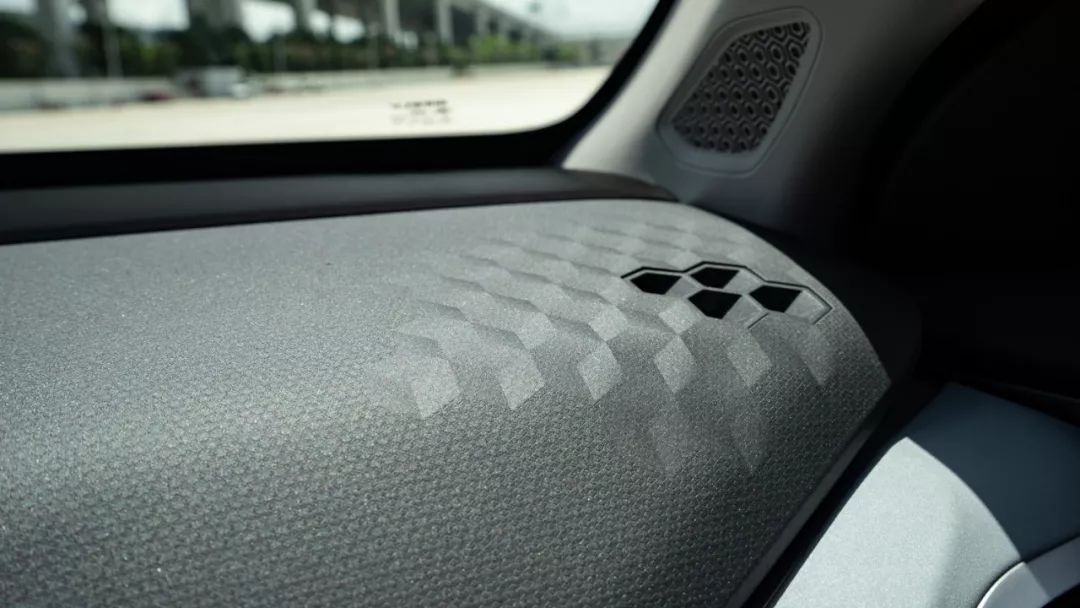
The material used in the Geely Geometry A is different from that of most car companies. Instead of using leather and solid wood to create a traditional luxurious style, a simple style is achieved through design and color matching. It not only caters to the avant-garde style of young people, but also does not seem to be cheap in any way.
The seats of the Geely Geometry A are made of fabric, which is rare in the same level of cars, and are very breathable and comfortable in both winter and summer. The softness of the front seats is moderate, with strong wrapping and proper support. In addition, it also supports 6 memory options for people. The backrest of the rear seats are moderately wrapped, but the overall hardness is a bit hard.
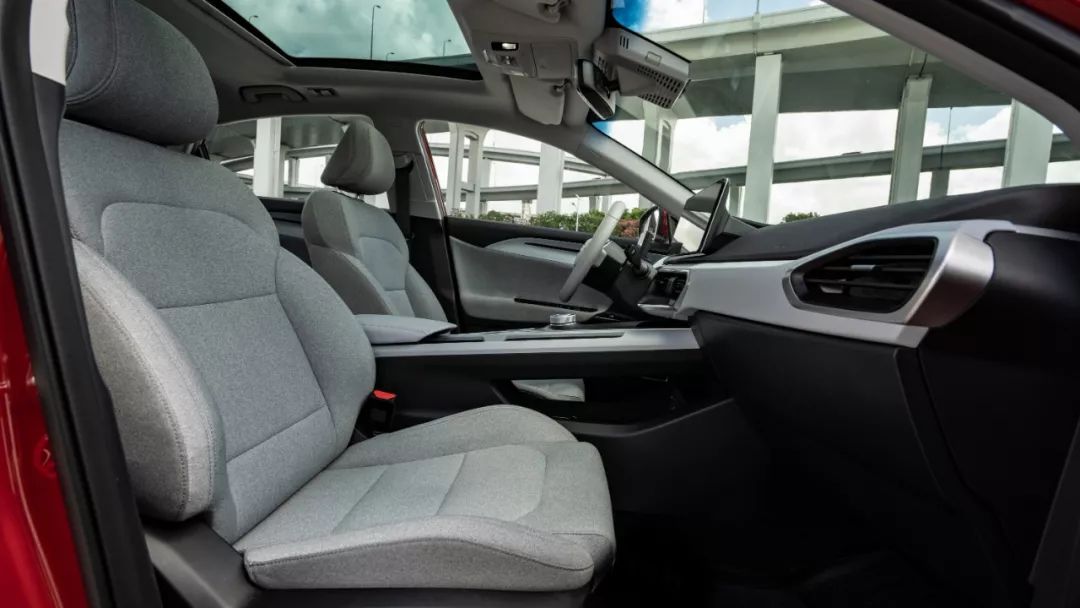
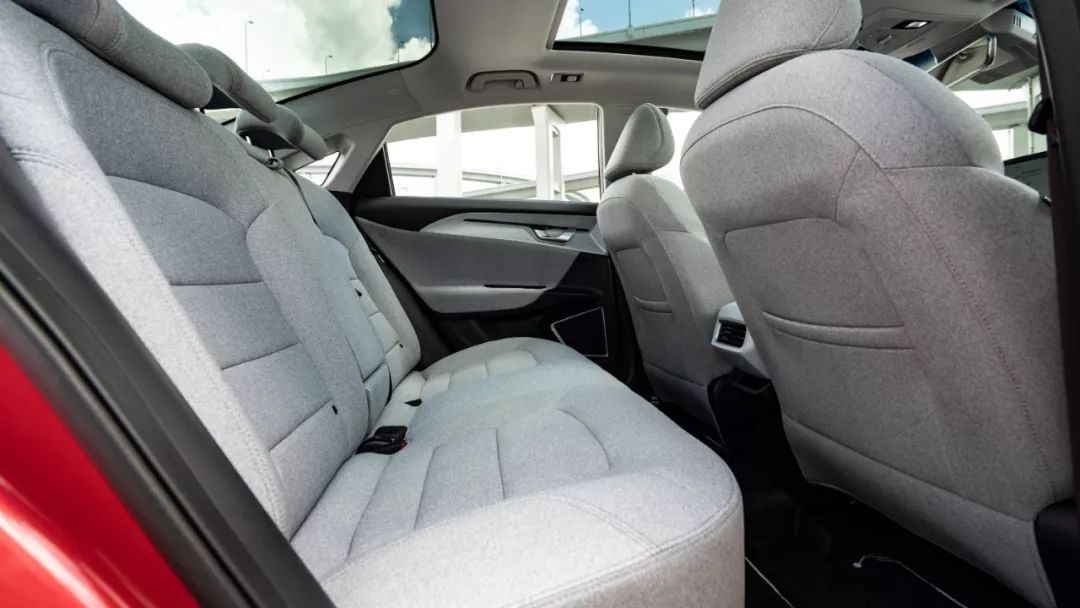
In terms of passenger space, after adjusting the front seats to a suitable position for a passenger who is 180 cm tall, there is still about a fist’s worth of legroom in the rear seats. However, due to the sloping design of the car roof, the headroom may be a bit tight, but the Geely Geometry A uses a panoramic sunroof design, so there is no feeling of oppression.
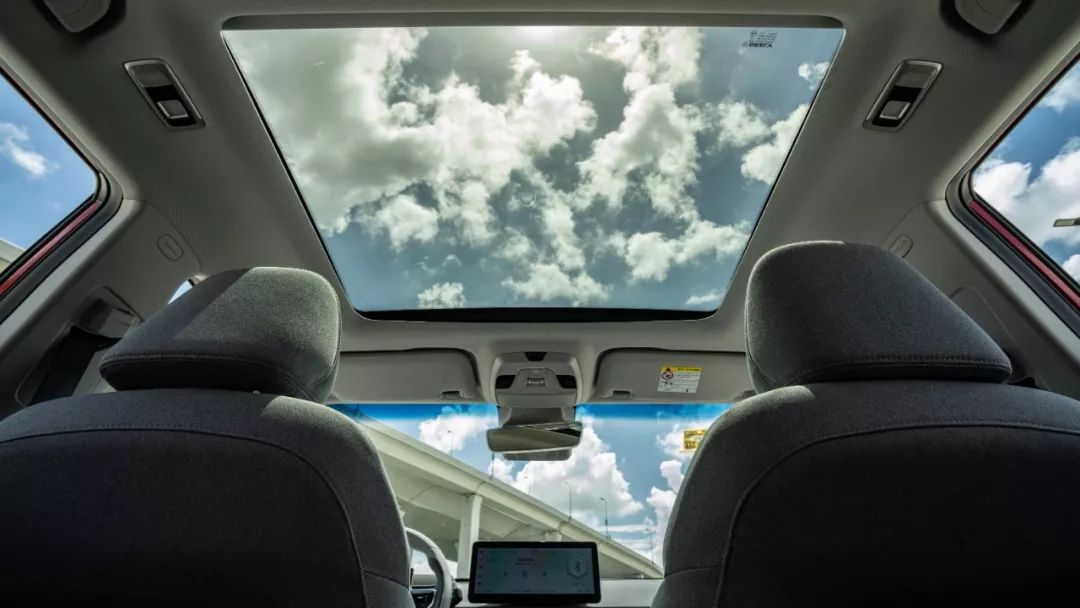
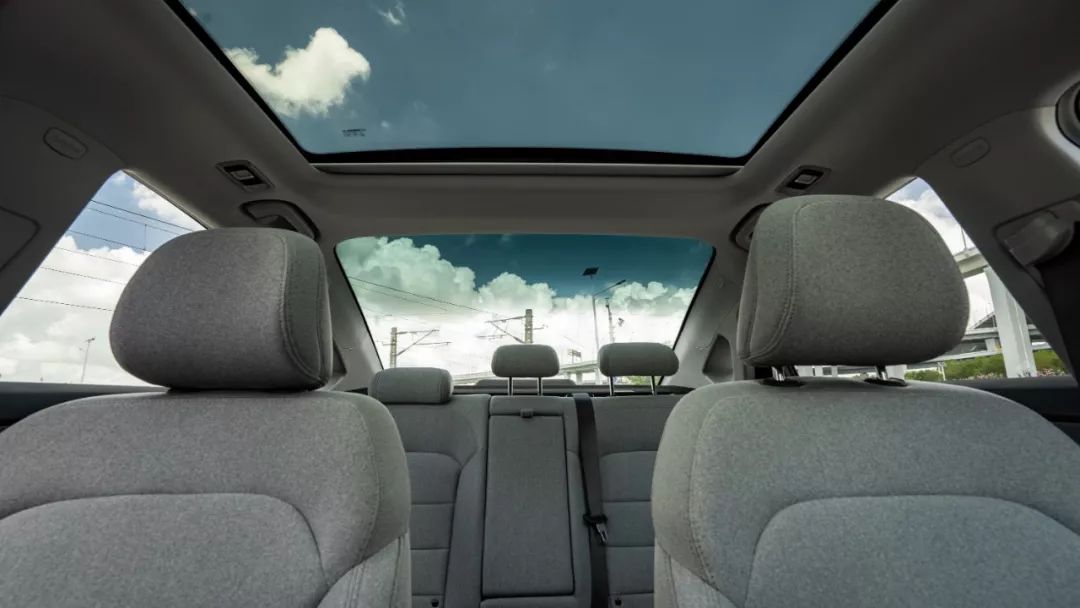
As for storage space, because the center console of the Geely Geometry A has a unique shape, it will affect the storage capacity to some extent. The storage space of the four door panels is very conventional, and the glove box can be set to open with a password on the center console screen. By the way, the location of the Geely Geometry A’s hood opening button is inside the glove box, which is very unique.
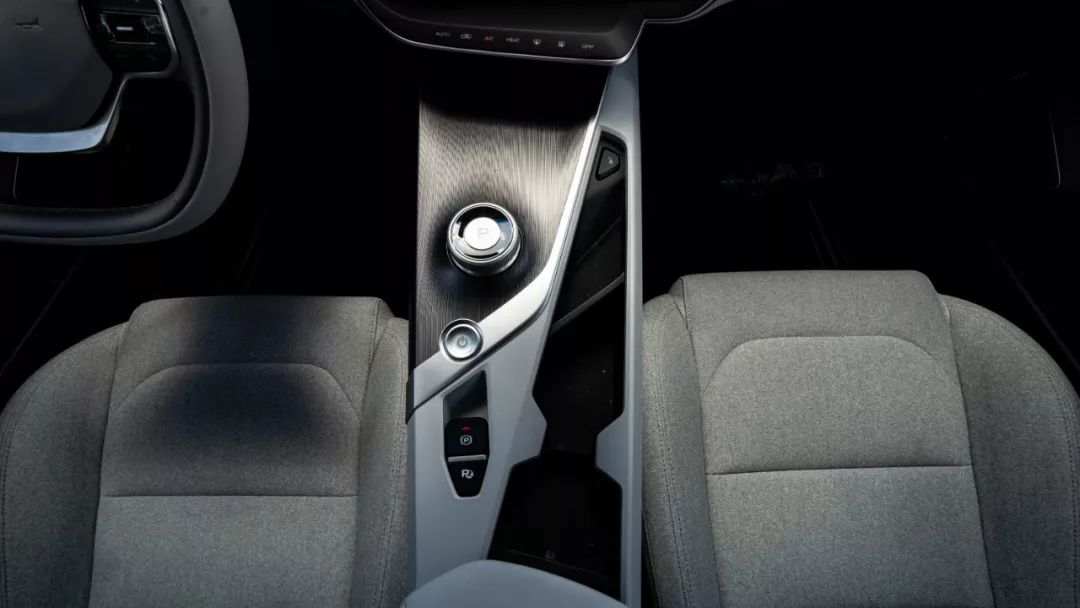
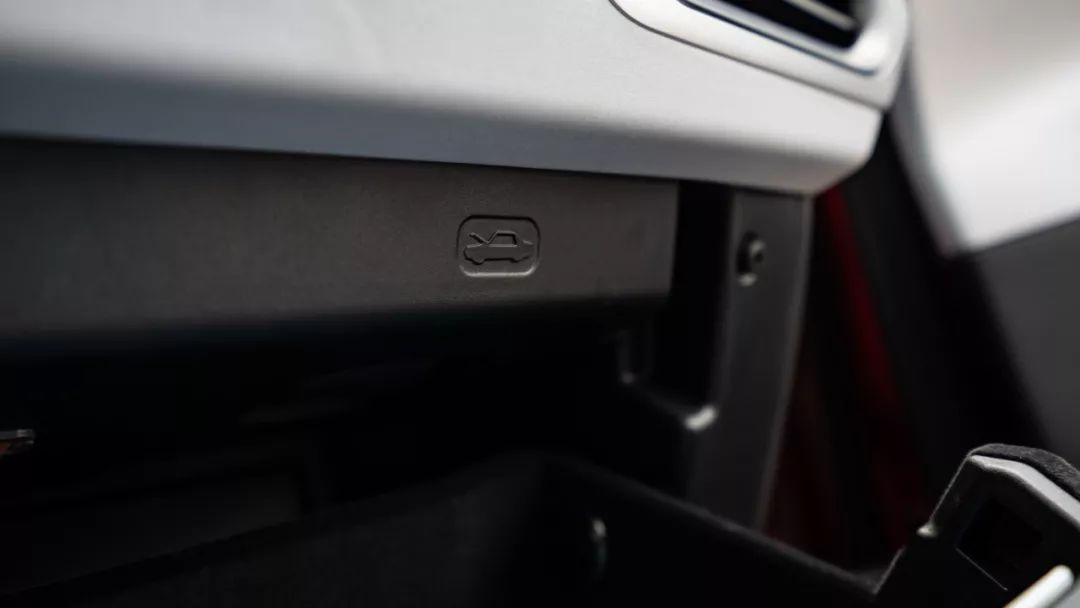 The trunk space is large enough, and the rear seats support a 4/6 ratio fold, but the tilt angle after folding is relatively large, which can be a bit difficult to transport large objects.
The trunk space is large enough, and the rear seats support a 4/6 ratio fold, but the tilt angle after folding is relatively large, which can be a bit difficult to transport large objects.
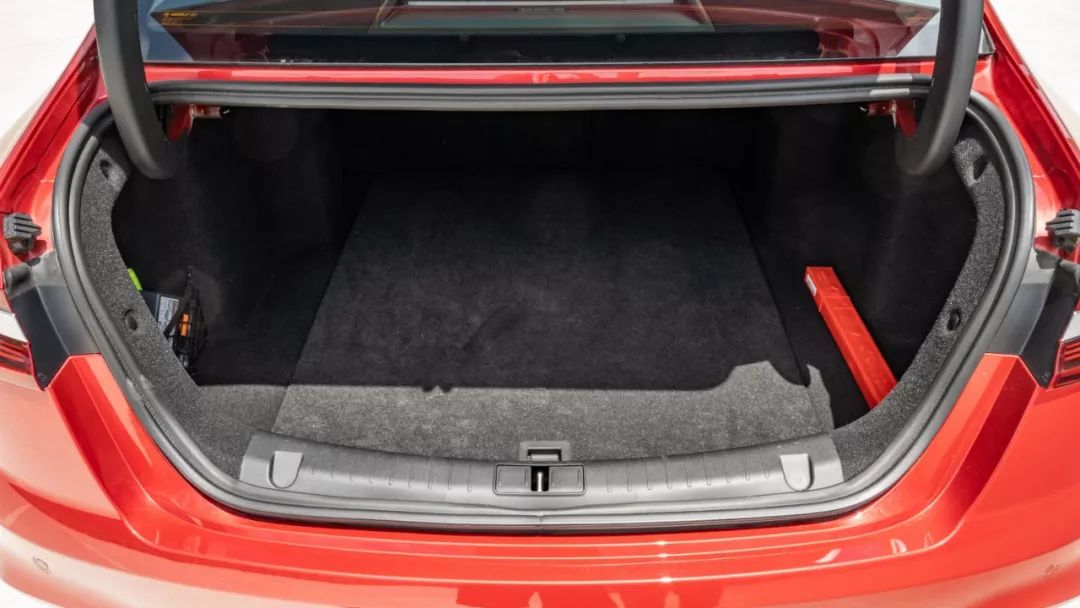
To sum up, the Geometry A is a smart pure electric vehicle launched by a traditional independent brand. It has done a very good job in manufacturing and tuning. At the same time, the brand new interior design has also made us re-recognize Geely. From the oversized HUD, Geely wants to take a big step towards intelligence through the new brand Geometry. However, perhaps due to time reasons or market understanding issues, this step has not been successful. From the calibration of the 4.2-inch instrument small screen and the functions of the two screens, it can also be seen that Geely has stepped back a bit.
Looking back at the price of 150,000 to 190,000 yuan after subsidies for the Geometry A, you can buy a car with good range and very easy to drive. This car has made a breakthrough in intelligence, but compared with the radical new forces in car-making, it seems a bit conservative. If you don’t have high requirements for assistive driving and vehicle systems, the Geometry A is also a very good choice. At least, this is a car that I would like to drive.
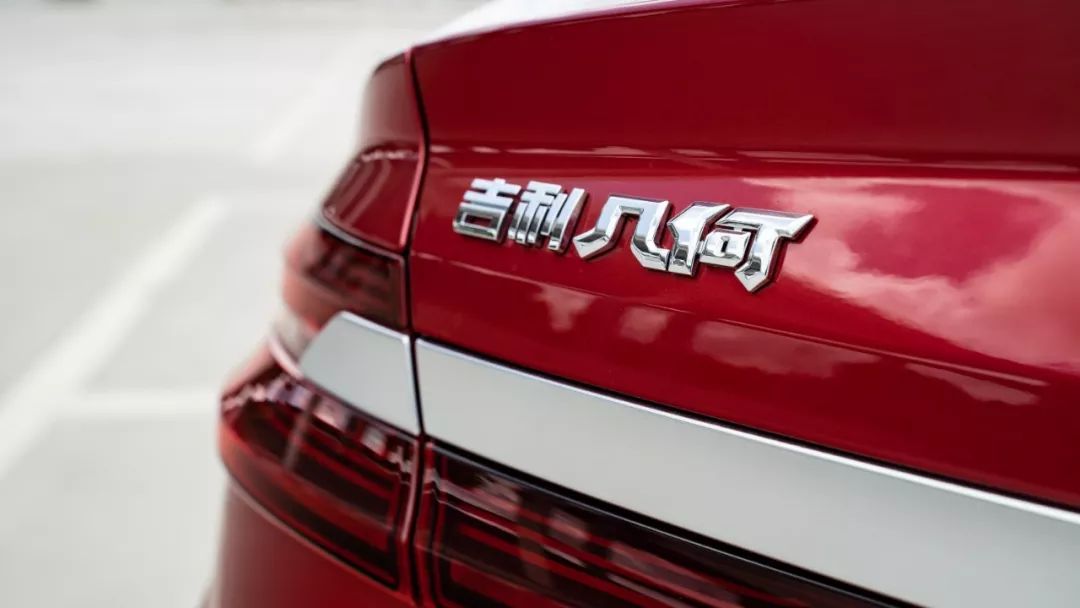


This article is a translation by ChatGPT of a Chinese report from 42HOW. If you have any questions about it, please email bd@42how.com.




